Is it worth going to Riga? After more than three days in the capital of Latvia, I can say that it’s a great city if you want to explore at your own pace. You can eat delicious food, it’s green, not too hot, and simply pleasant. And although the city is tourist-friendly, it’s not overcrowded, retaining an authentic, local atmosphere.
From Thursday to Sunday, I didn’t manage to see everything I wanted, but I think traveling isn’t about checking places off a list. Most importantly, as I planned, I had a great time and felt the vibe of the city. I liked the city enough that I would gladly return, and feeling like you missed out on something is actually the best reason to come back.
Welcome to exploring Riga – below you’ll find attractions and recommended places.
Table of Contents
- 1 Old Town
- 2 Art Nouveau Riga
- 3 The Three Brothers
- 4 House of the Blackheads
- 5 Riga Castle
- 6 Central Market
- 7 Cathedral Square
- 8 National Library of Latvia
- 9 Museum of the History of Riga and Navigation
- 10 Nativity of Christ Cathedral
- 11 Powder Tower
- 12 Freedom Monument
- 13 St. Peter’s Church
- 14 Bastejkalns Park
- 15 Food in Riga
- 16 Where to Stay in Riga?
- 17 Getting Around Riga
Old Town
The oldest part of Riga, listed as a UNESCO World Heritage Site. An ideal place for an evening walk! It impresses with a variety of architectural styles – from Romanesque to Modernism.
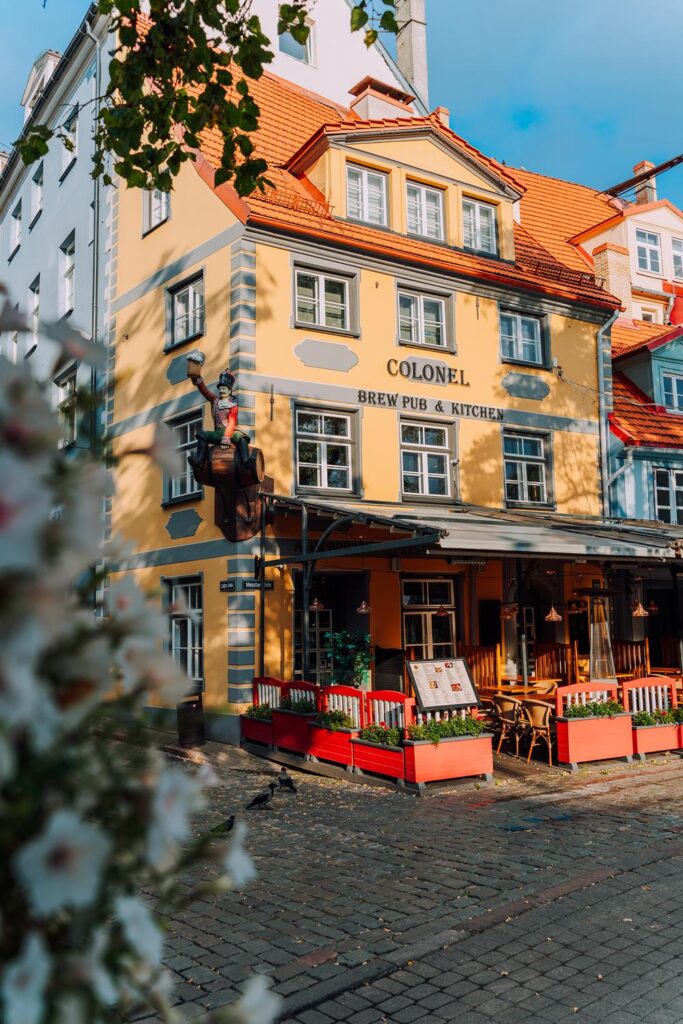
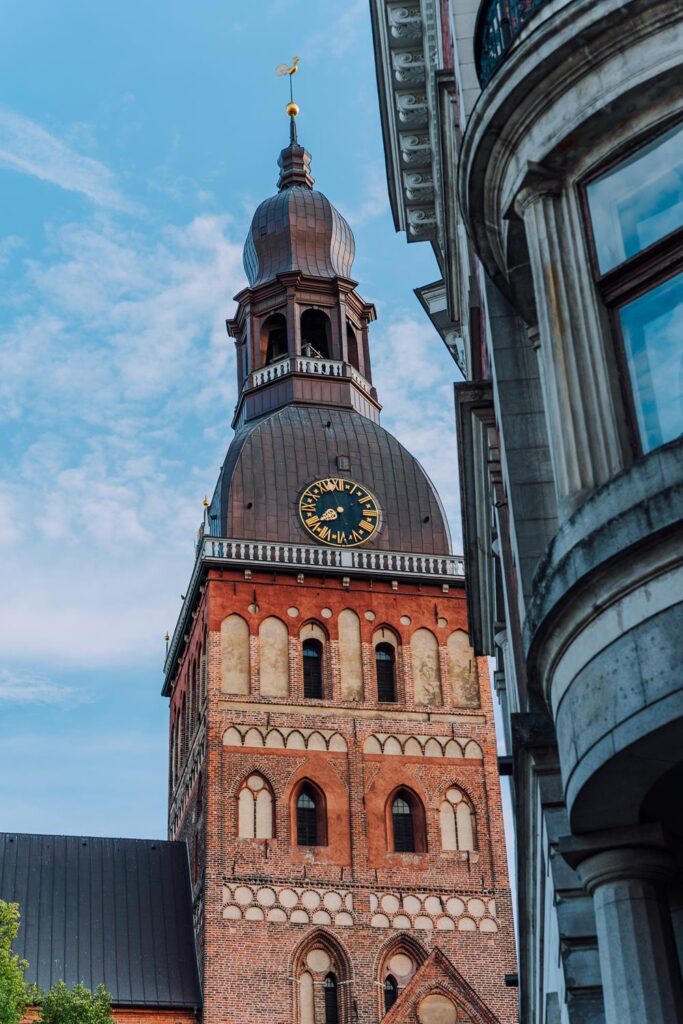
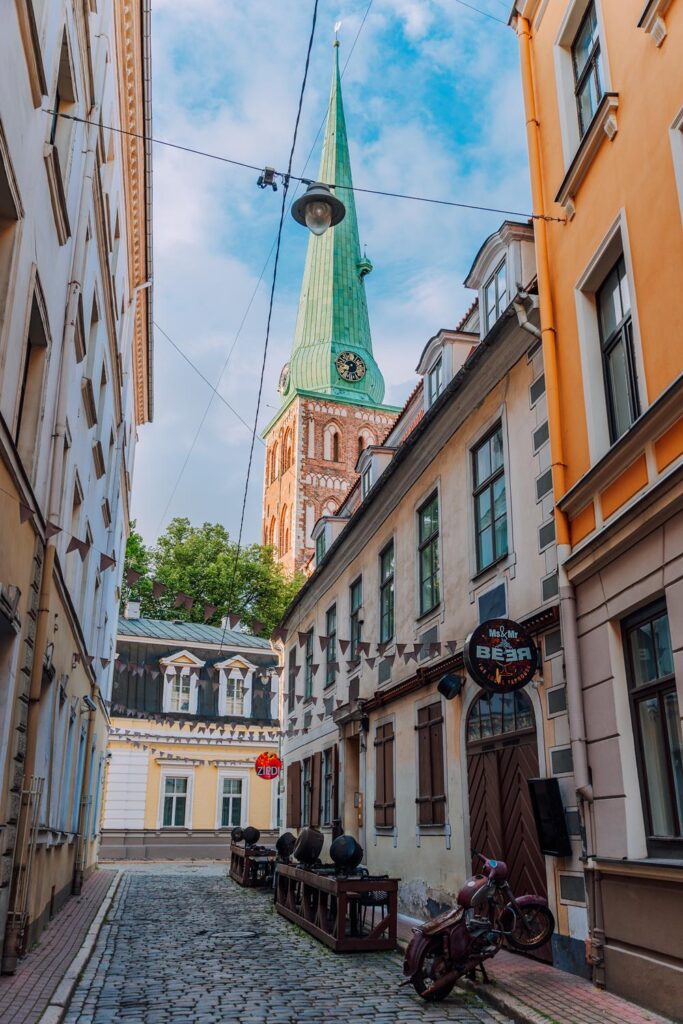
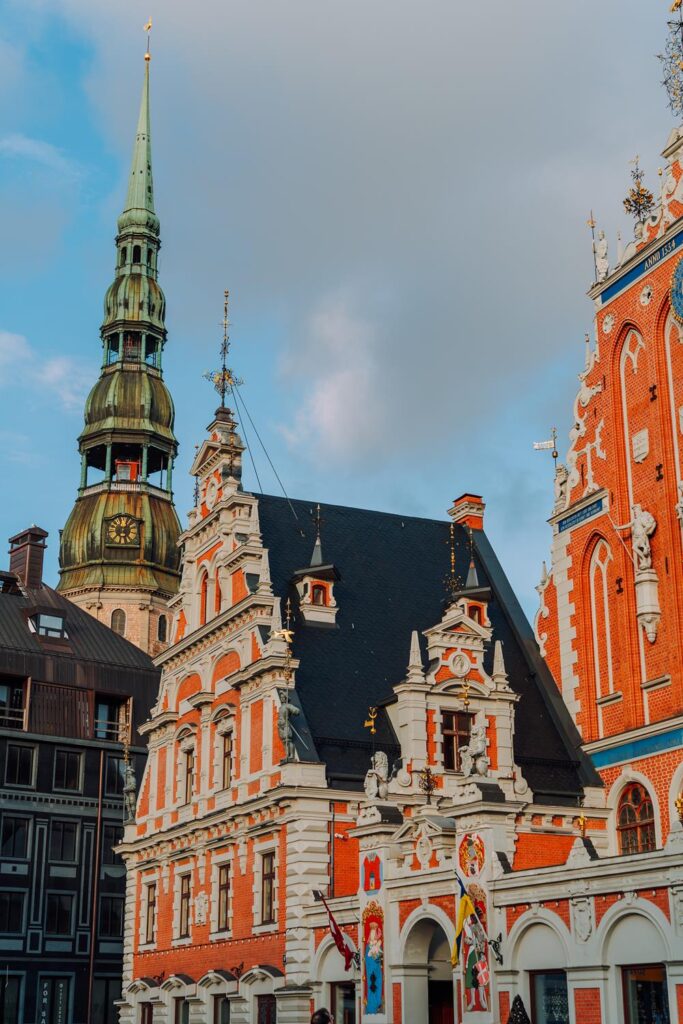
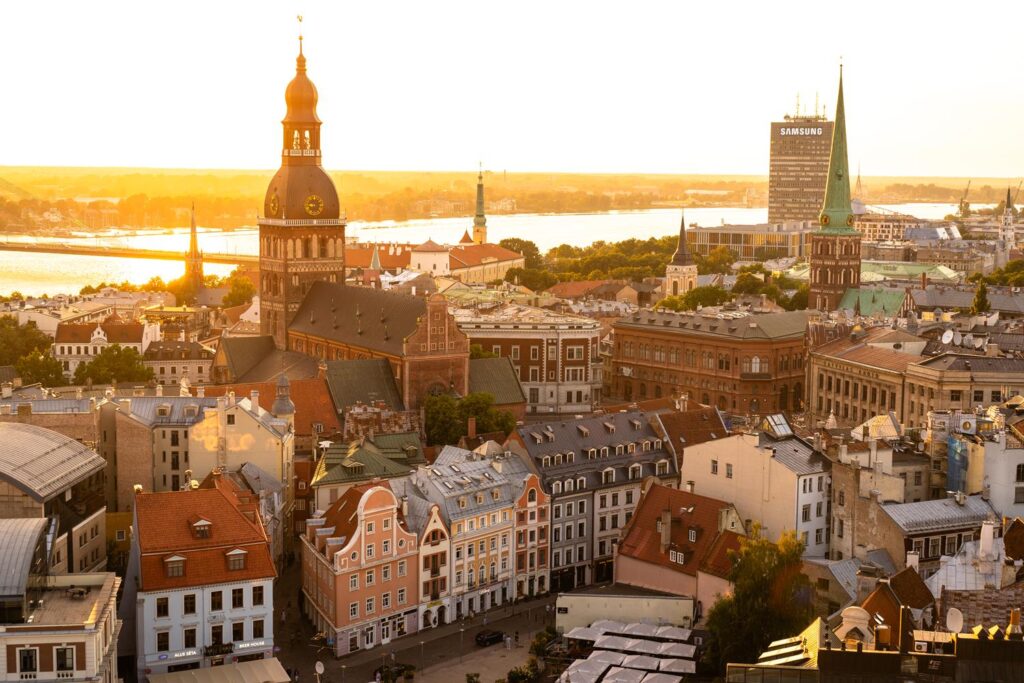
Art Nouveau Riga
Riga spoils you with Art Nouveau buildings. Albert Street is a real treasury of full-scale, historic Art Nouveau buildings. I love such places and was totally enchanted there. Be sure to visit the museum-apartment with authentic interiors from 1903. Every detail in it is captivating!
The turn of the 19th and 20th centuries left Riga with an unparalleled heritage – a wealth of Art Nouveau architecture. Walking along Elizabetes and Alberta Streets, you can admire real masterpieces of this style. Each tenement house tells its own story, full of fancy details, sculptures, and ornaments. This architectural legacy makes Riga one of the most important destinations for Art Nouveau enthusiasts in Europe.
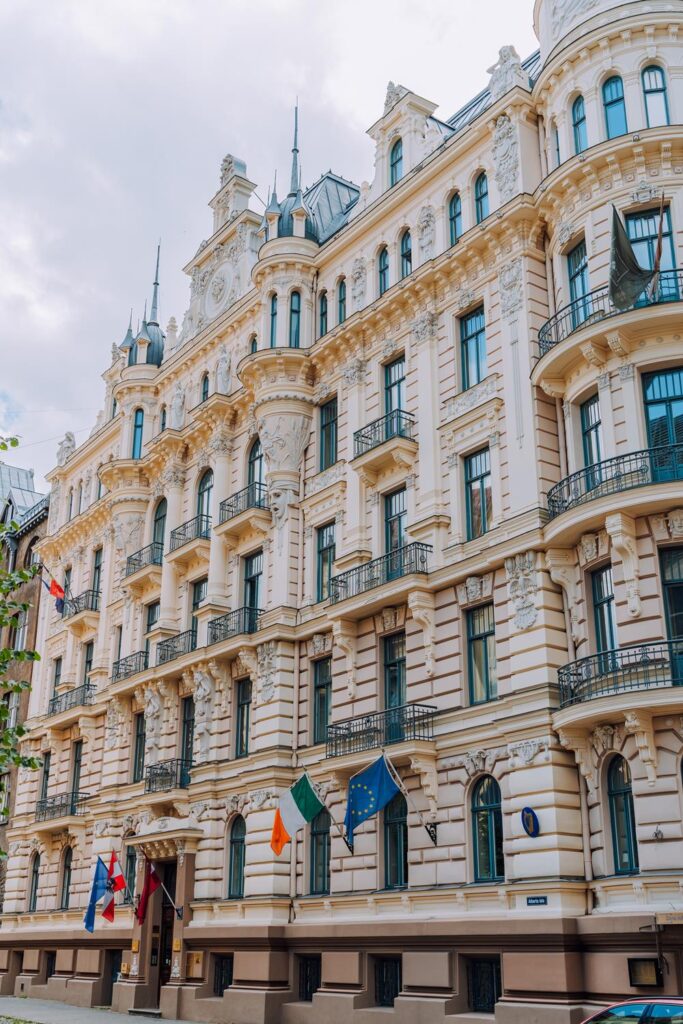
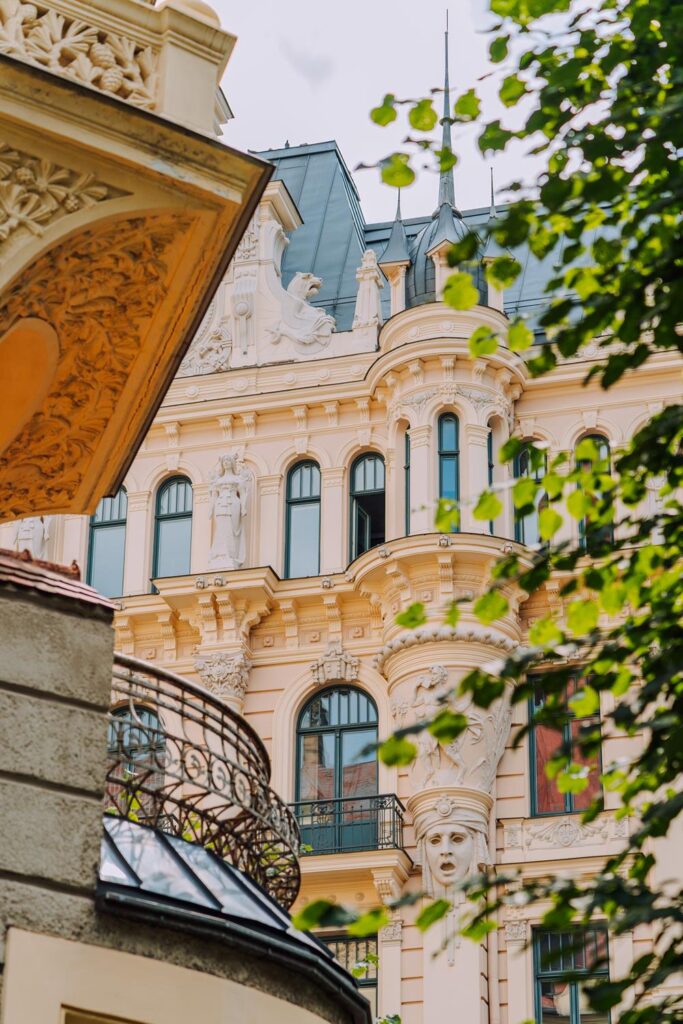
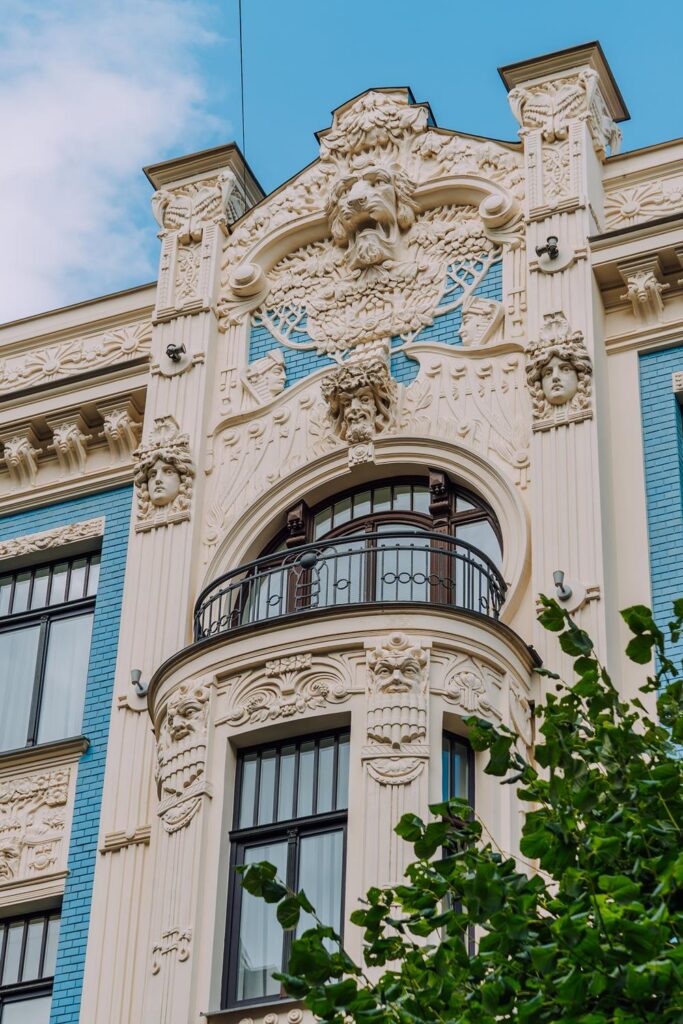
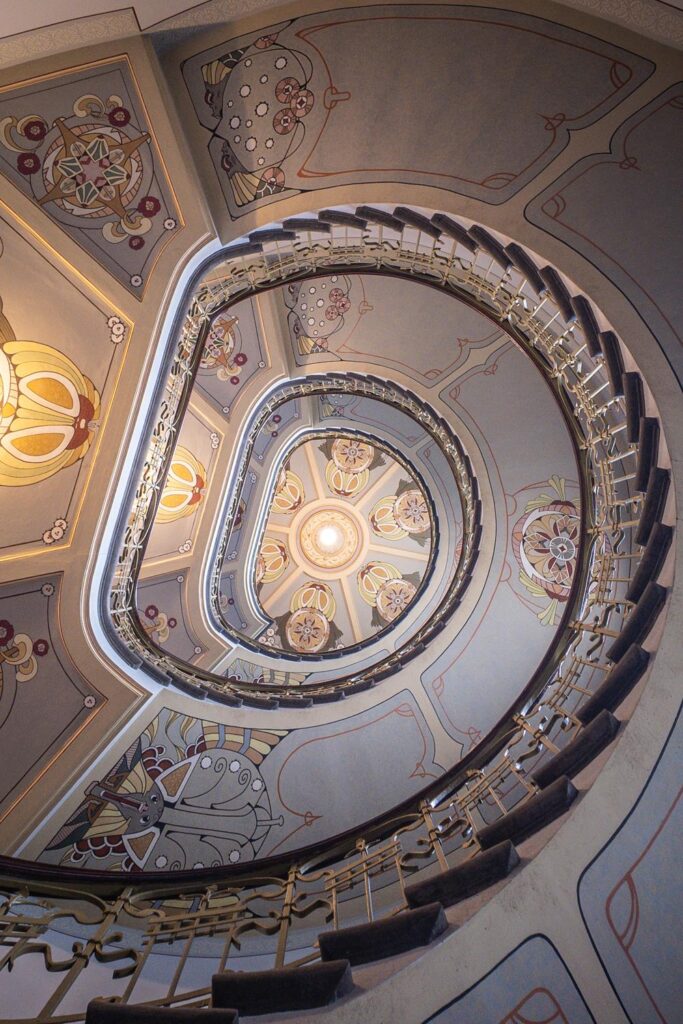
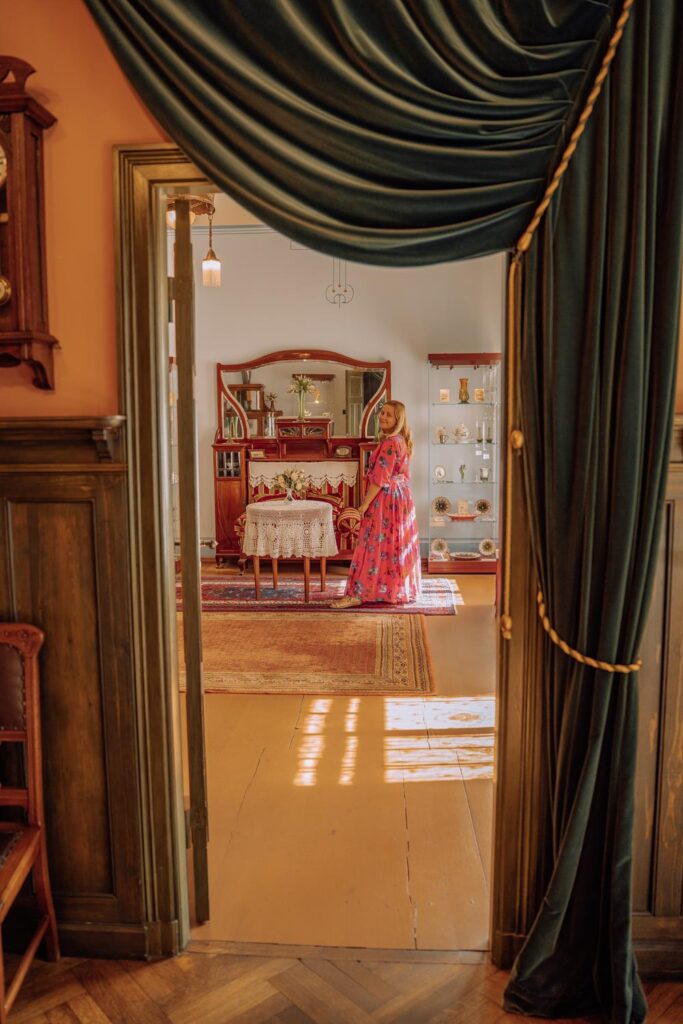
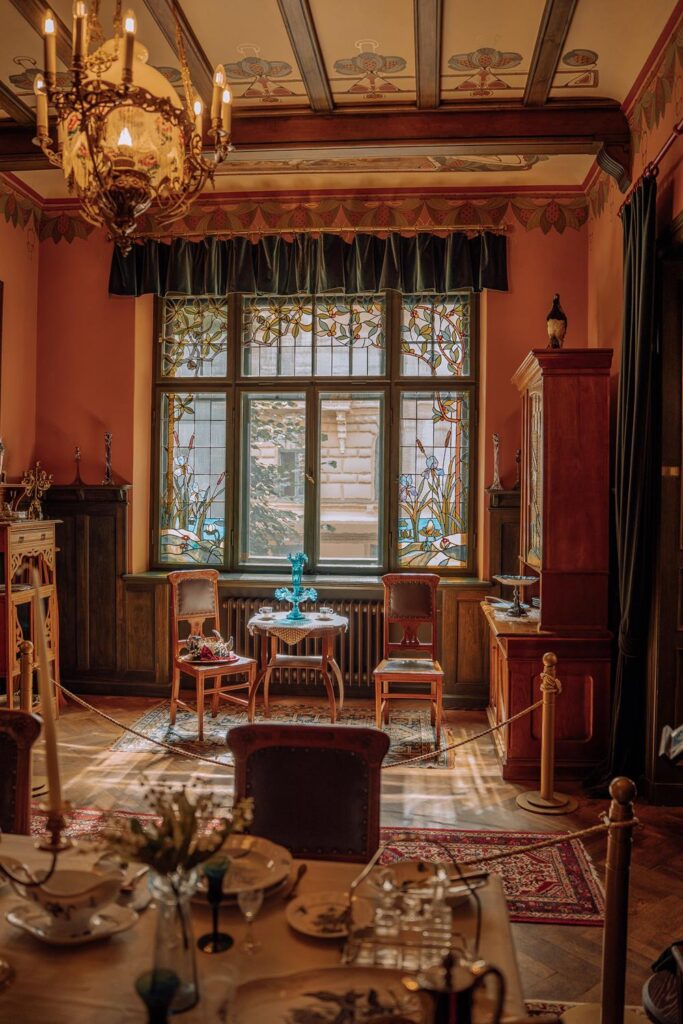
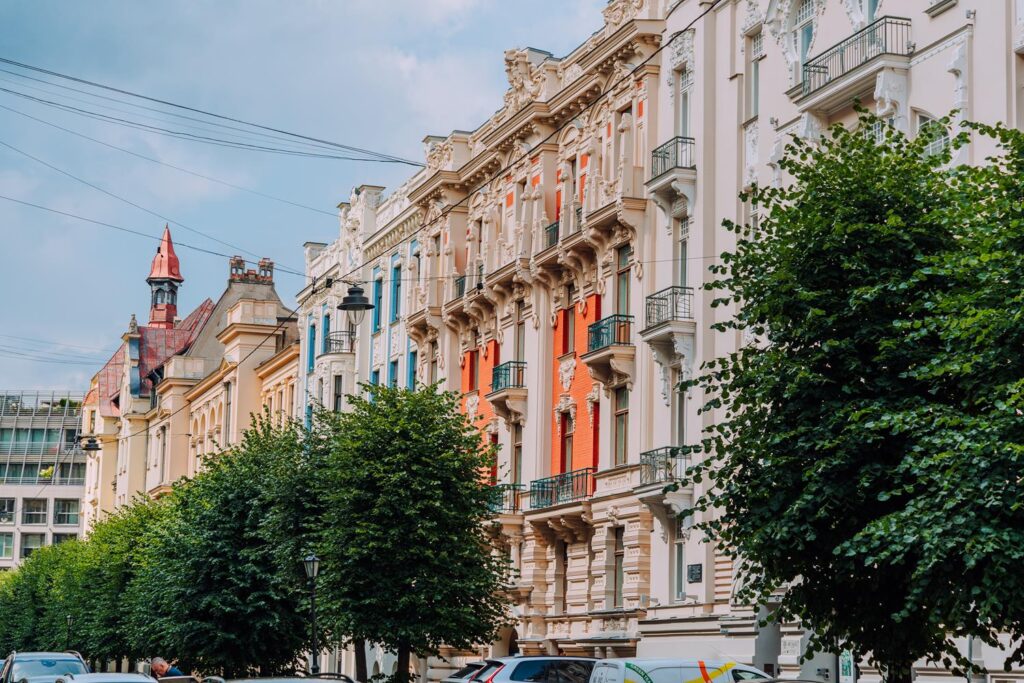
The Three Brothers
In the heart of Riga, there is a unique ensemble of three medieval houses known as “The Three Brothers”. Each of these buildings represents a different century, creating a fascinating architectural panorama of past eras. The oldest one, dating back to around 1490, amazes with Gothic details. Nowadays, this historic complex houses the Museum of Architecture, offering visitors a fascinating journey through centuries of Riga’s construction.
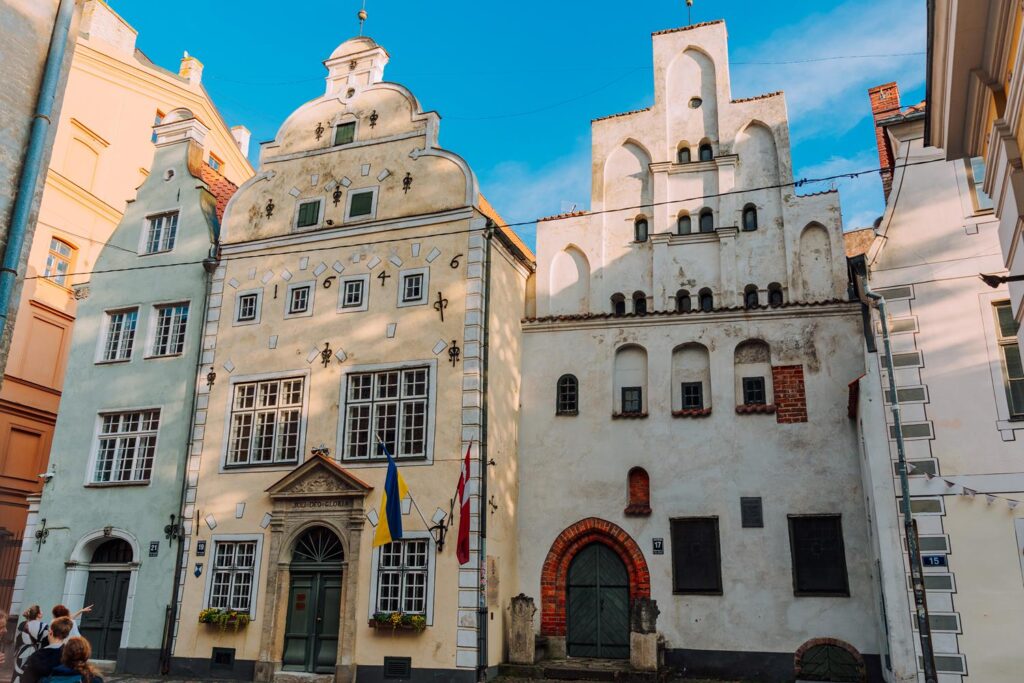
House of the Blackheads
This impressive building, originally built in the 14th century, has witnessed many events in Riga’s history. For centuries, it served as a meeting place for merchants and sailors known as the Blackheads. Destroyed during World War II, it was meticulously rebuilt in 1999. Today, it offers a fascinating journey through time, showcasing Riga’s architectural and historical wealth.
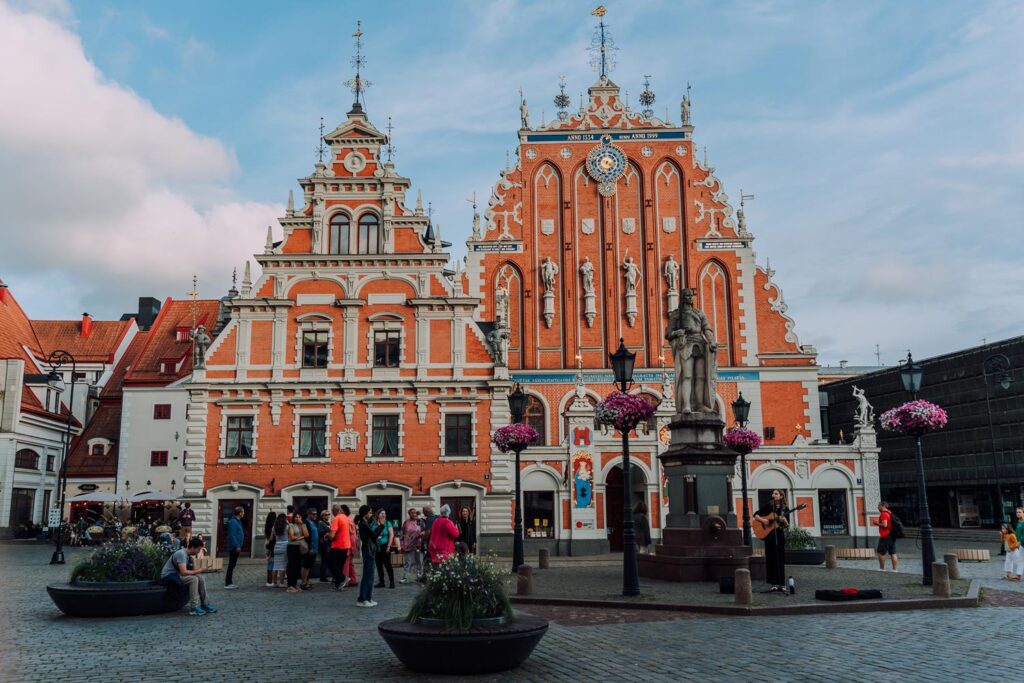
Riga Castle
The majestic Riga Castle, originally built by the Livonian Order of Knights, has survived the city’s turbulent history. Over the centuries, it served various rulers, was destroyed and rebuilt, eventually becoming the residence of the President of Latvia. An exception was the Soviet period, when it was turned into a Palace of Youth. Today, after extensive renovation, the castle is regaining its former splendor, and the Latvian flag proudly flies on its tower.
Fun fact: although the museum is under renovation, you can visit the presidential part when the President of Latvia is away. We took advantage of this extraordinary opportunity, and it was an interesting experience.
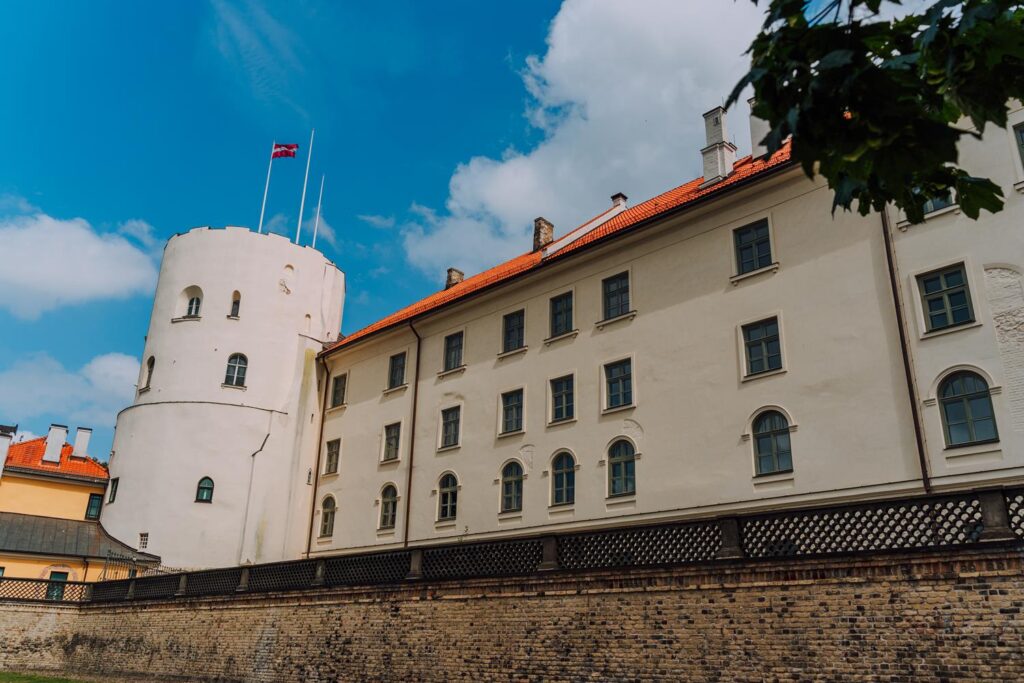
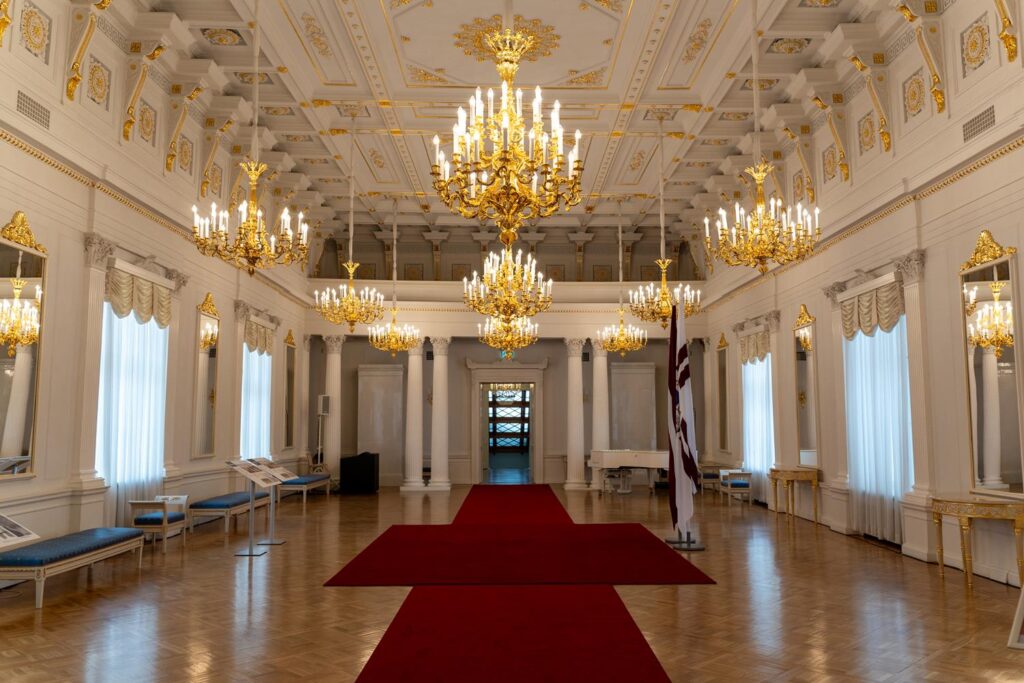
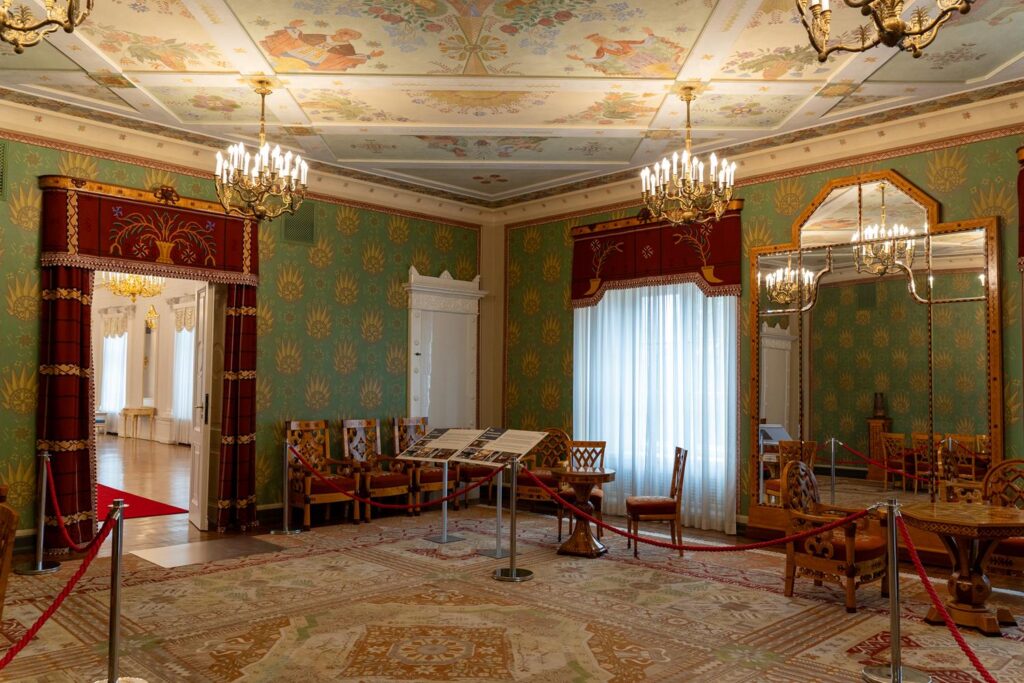
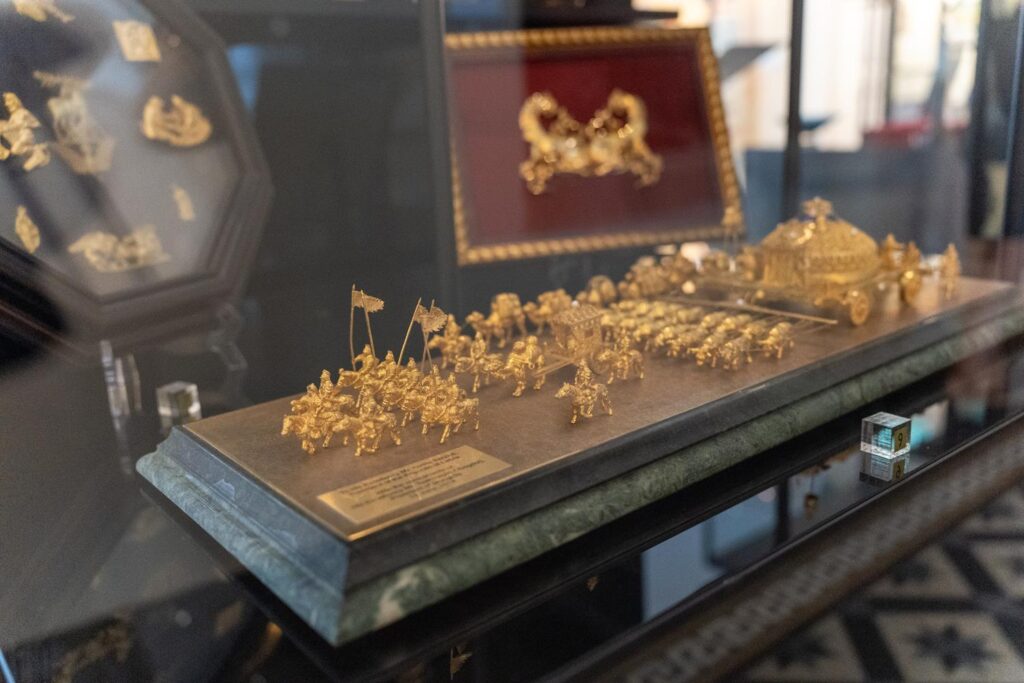
Central Market
One of the largest marketplaces in Europe, a must-see for every lover of cuisine and local specialties. A great place for lunch and souvenir shopping. Five huge halls, originally Zeppelin hangars, have served as a bustling shopping center since 1930. It’s not just a shopping place but also a meeting spot for locals: the buzz of conversations and the colorful stalls create a unique atmosphere. This is where you can best experience local cuisine and customs.
Bonus: right next to it is the Academy of Sciences Palace, which is worth seeing.
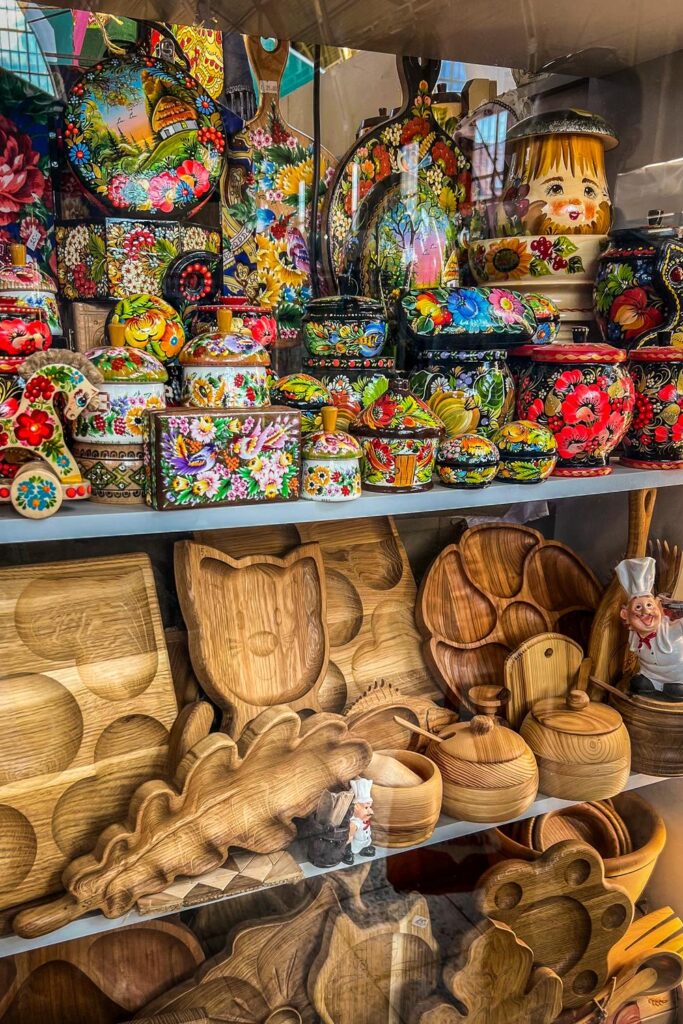
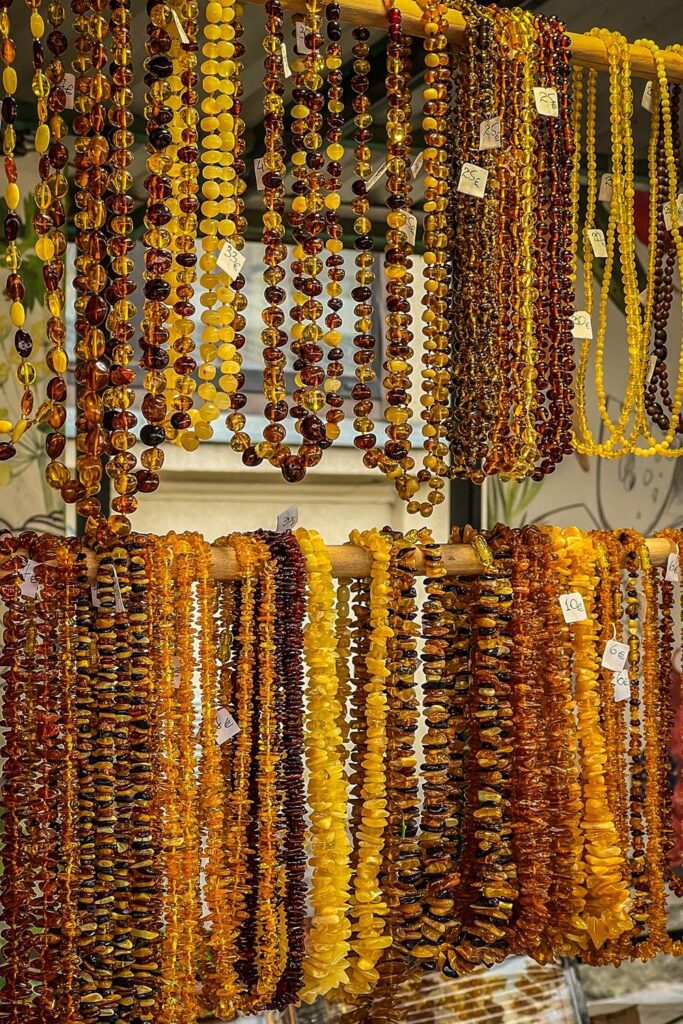
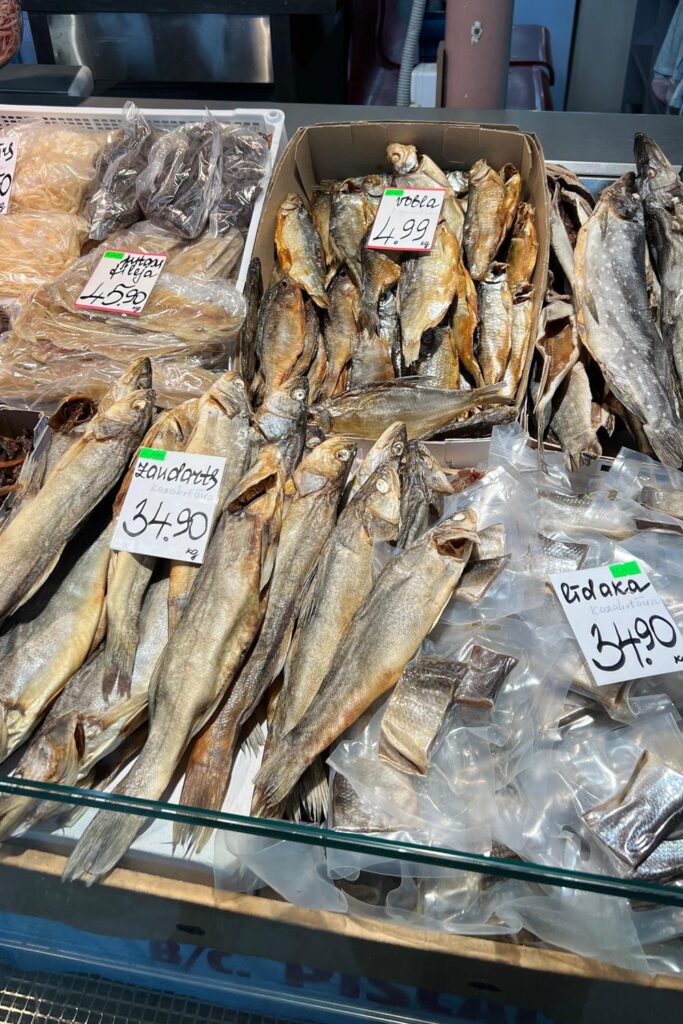
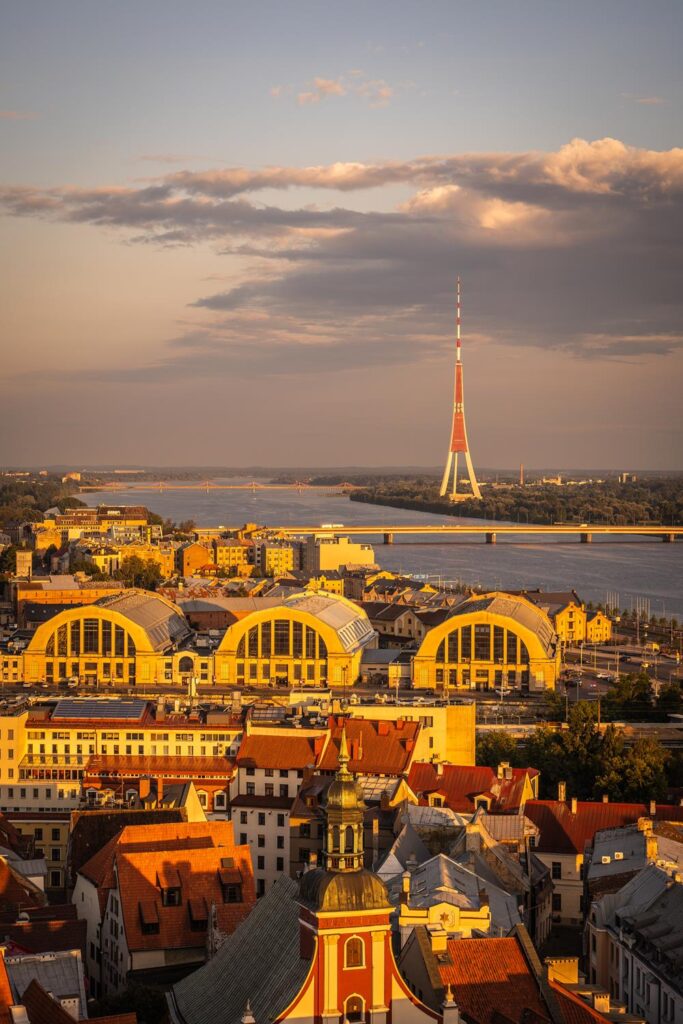
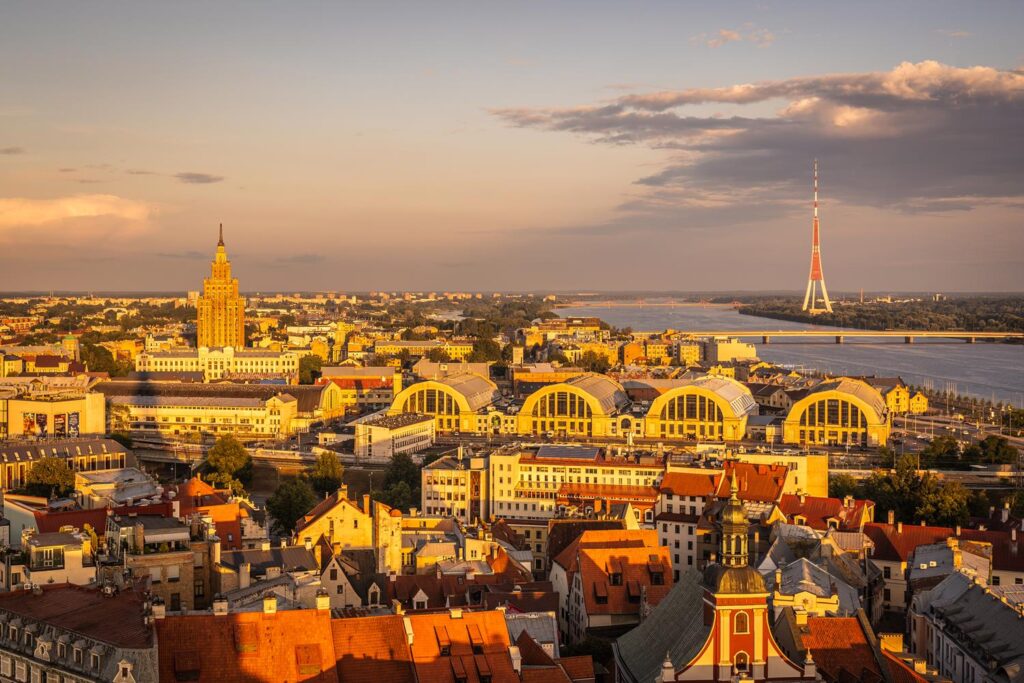
Cathedral Square
The central point of the Old Town. Dominated by the impressive Riga Cathedral, whose construction began in the 13th century. This architectural gem combines Romanesque, Gothic, Baroque, and Art Nouveau elements. A special attraction of the cathedral is the monumental organs from 1884, considered one of the finest in Europe.
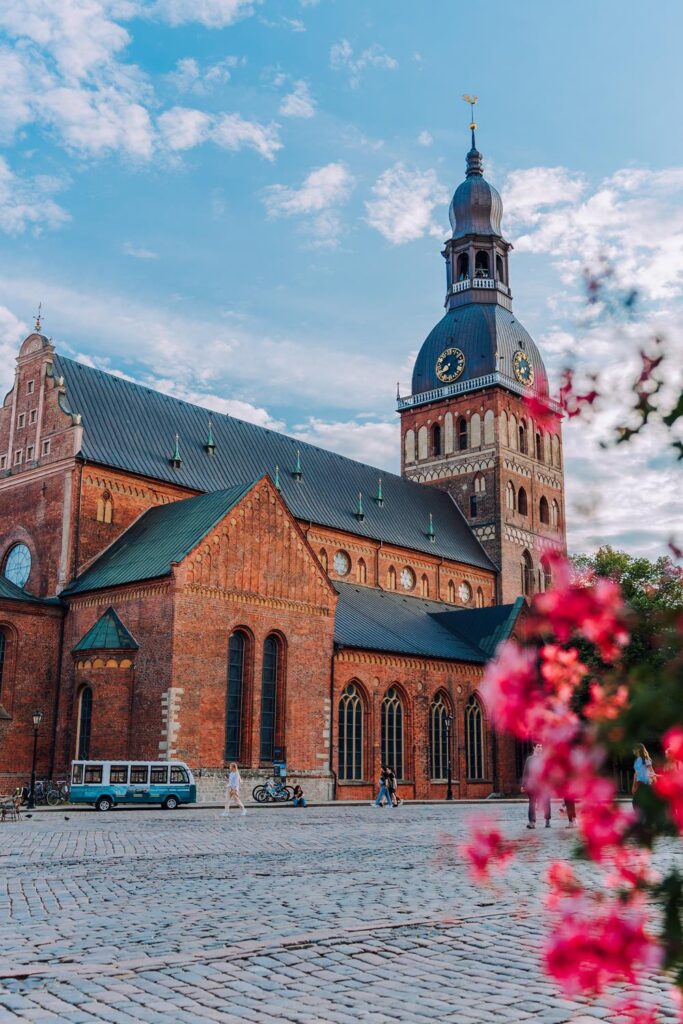

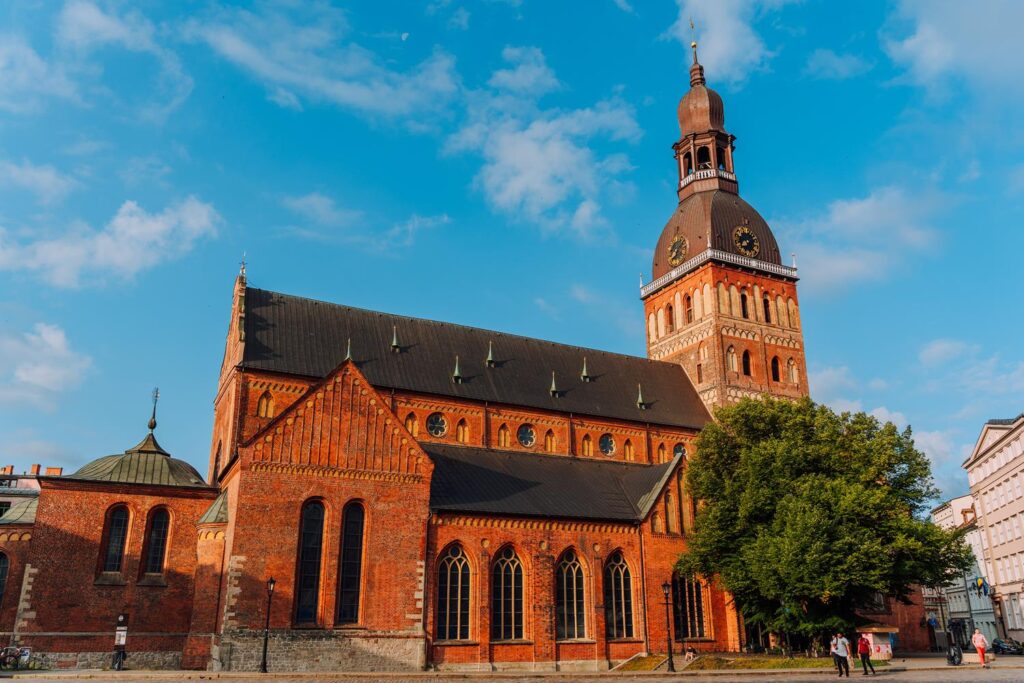
National Library of Latvia
This impressive building, called the “Castle of Light”, is not only a library but a true cultural and scientific center. It’s a place where you can not only delve into collections but also participate in conferences, exhibitions, and festivals. Entry is free, and the view from the terrace is priceless! The city panorama is breathtaking!
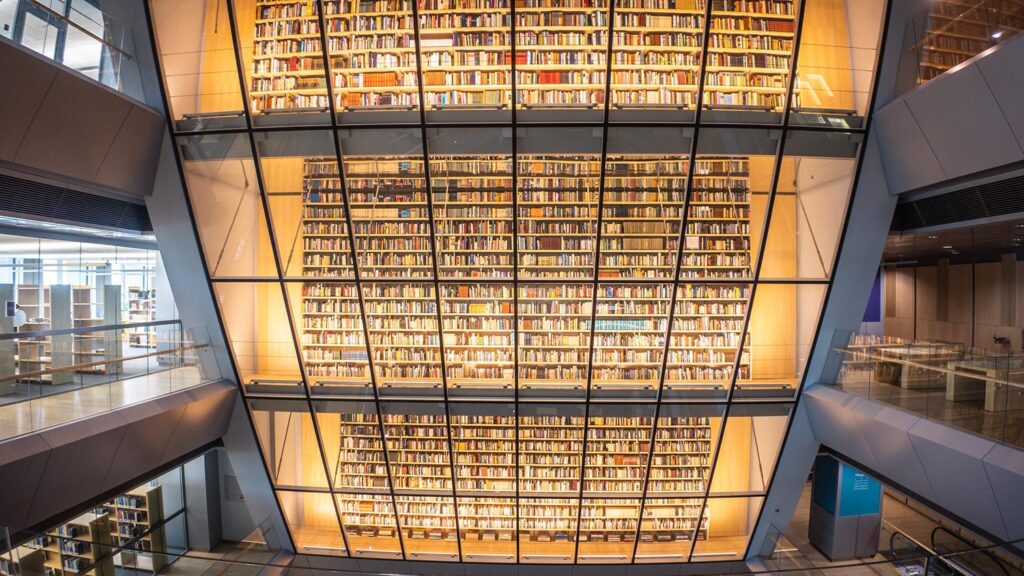
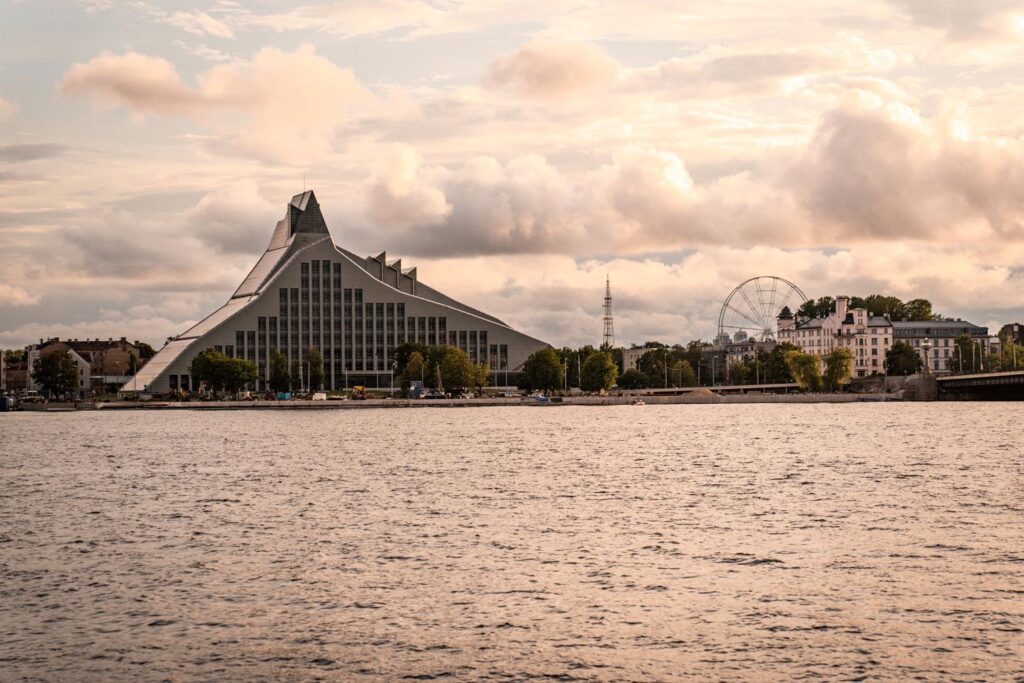
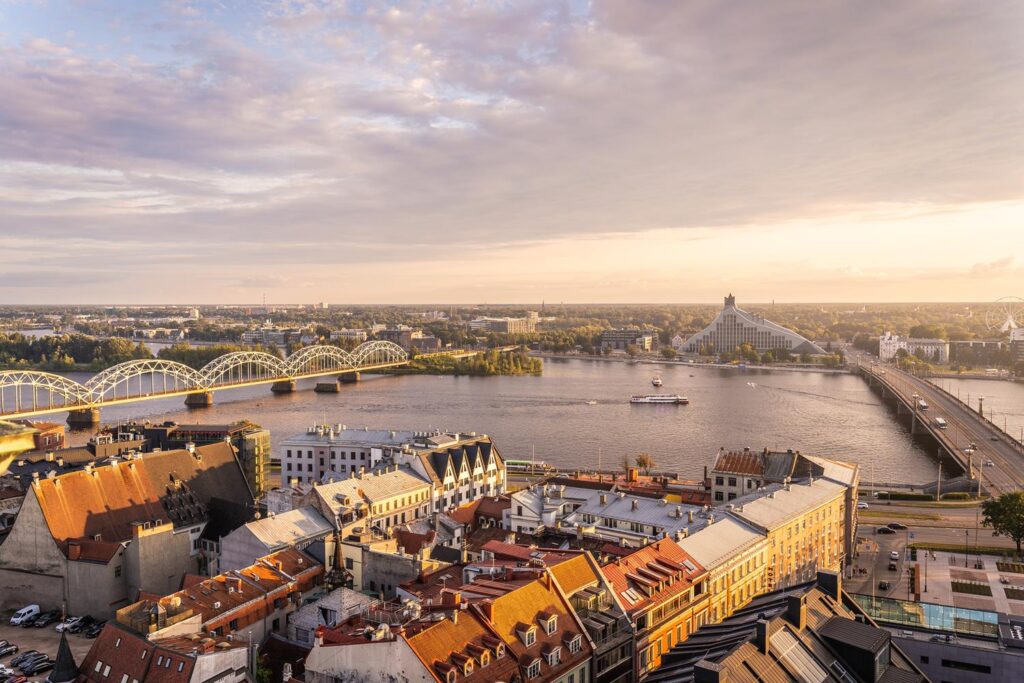
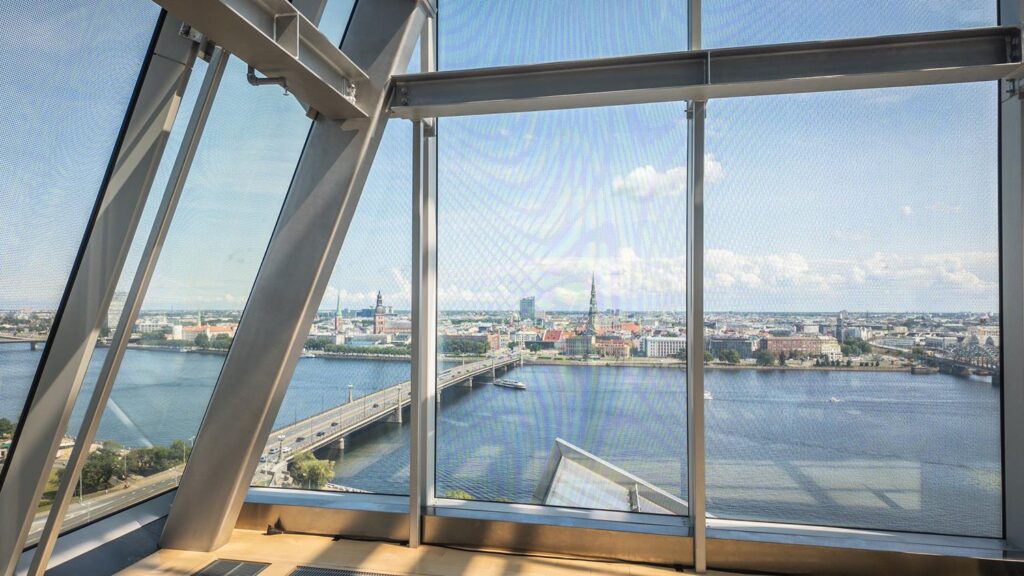
This fascinating museum, one of the oldest in Europe, is located in a historic complex of buildings adjacent to the cathedral. Sixteen exhibition halls lead visitors through more than 800 years of Riga’s history. The 18th-century Column Hall, an architectural jewel of the museum, is particularly impressive.
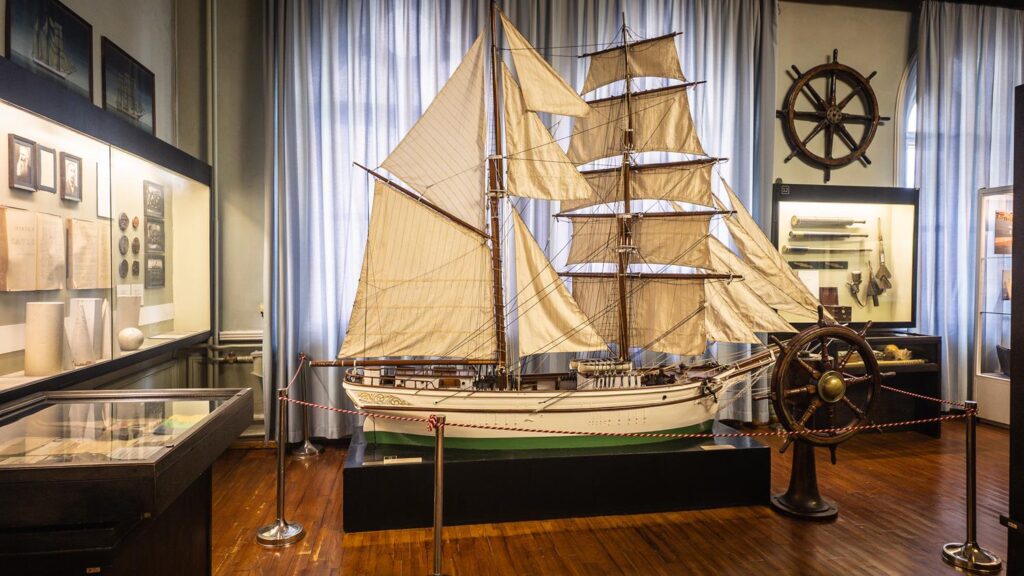
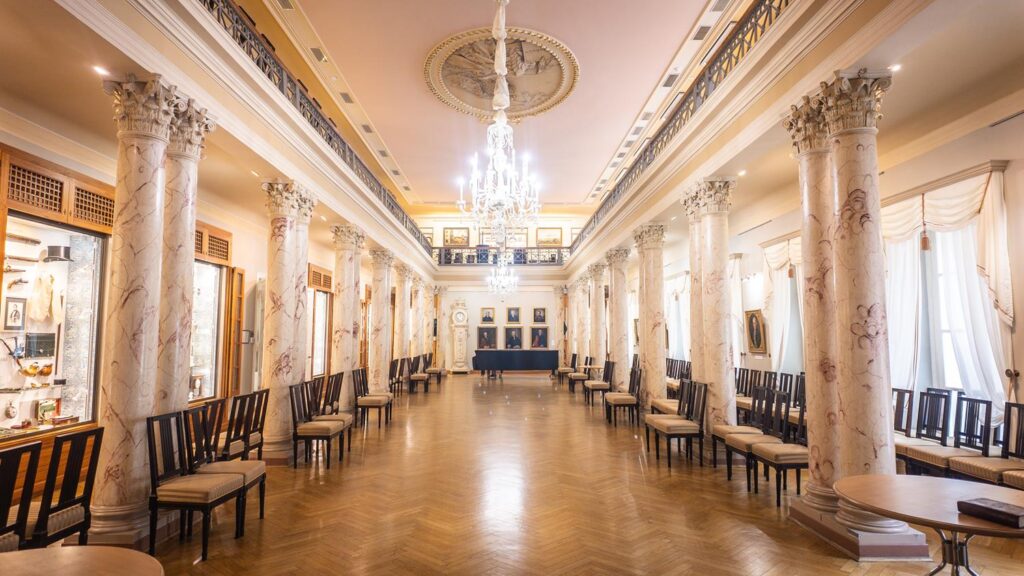
Nativity of Christ Cathedral
This monumental temple, the largest Orthodox cathedral in Riga, is impressive not only from the outside but especially from the inside. The interior is adorned with beautiful Byzantine-style frescoes and early Christian ornaments. The cathedral’s history reflects Latvia’s turbulent past – during Soviet times, it housed a planetarium and a café. Today, after renovation, the cathedral once again serves as a place of worship and is an important landmark on Riga’s map. Note: photography inside is not allowed!
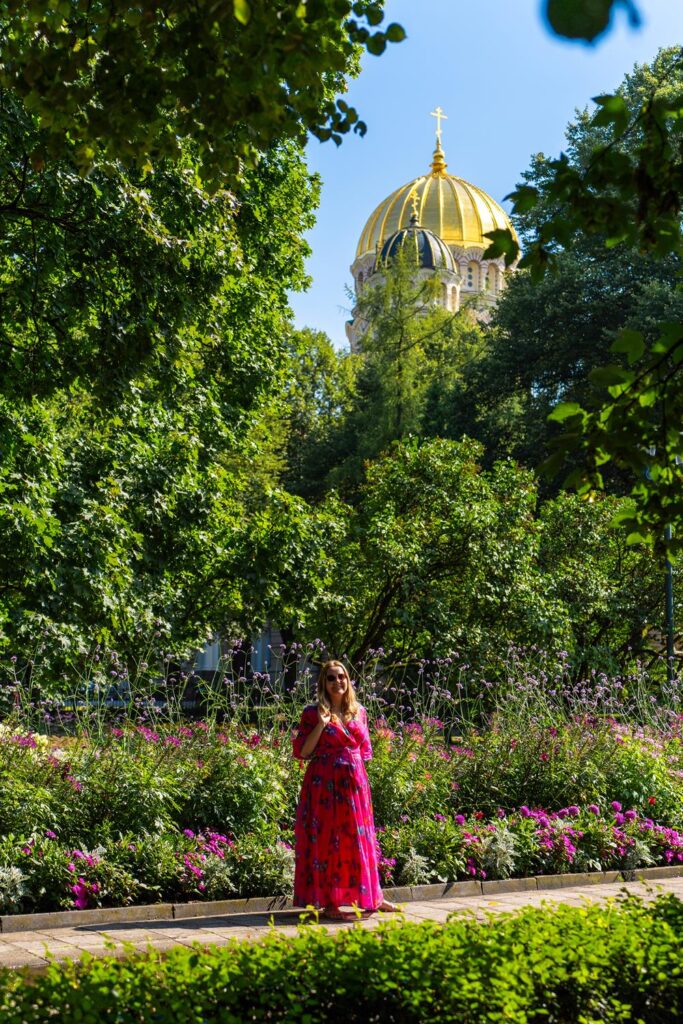
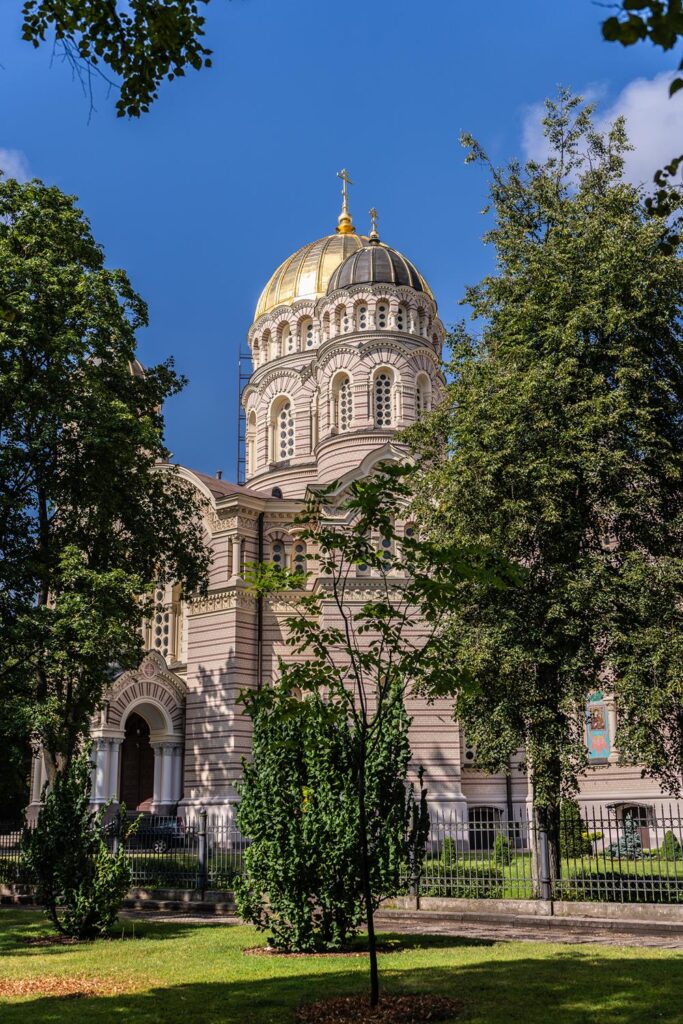
Powder Tower
This powerful tower, the only one surviving out of 28 from Riga’s former defensive walls, has guarded the city’s history since the 14th century. Initially known as the Sand Tower, it later gained the name Powder Tower due to the gunpowder stored in it. Today, it houses a fascinating War Museum, telling the turbulent history of the city and region.
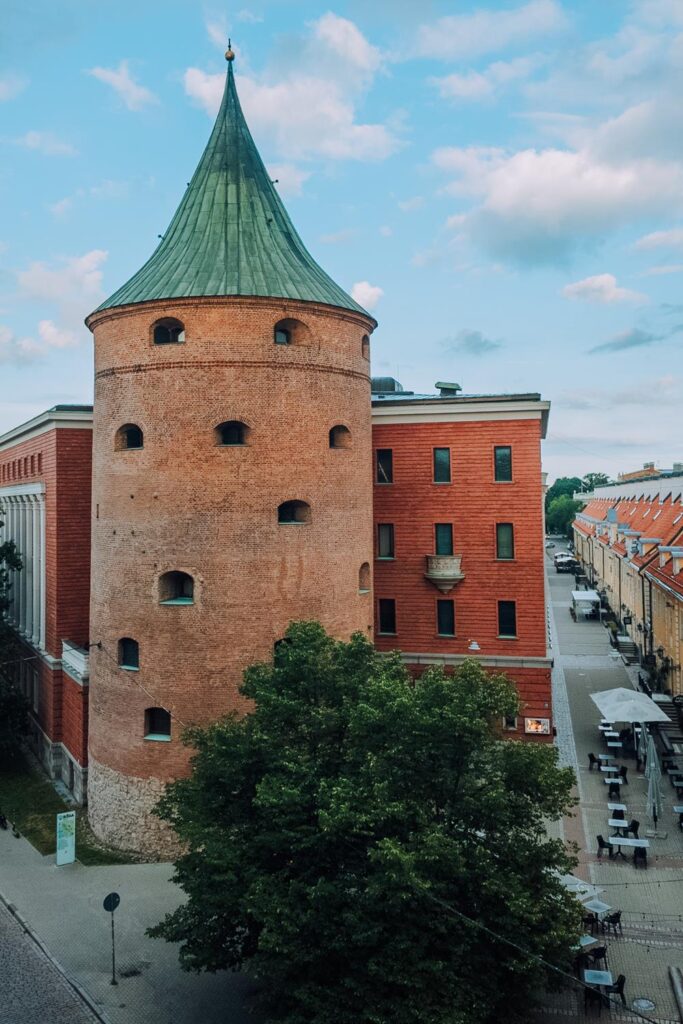
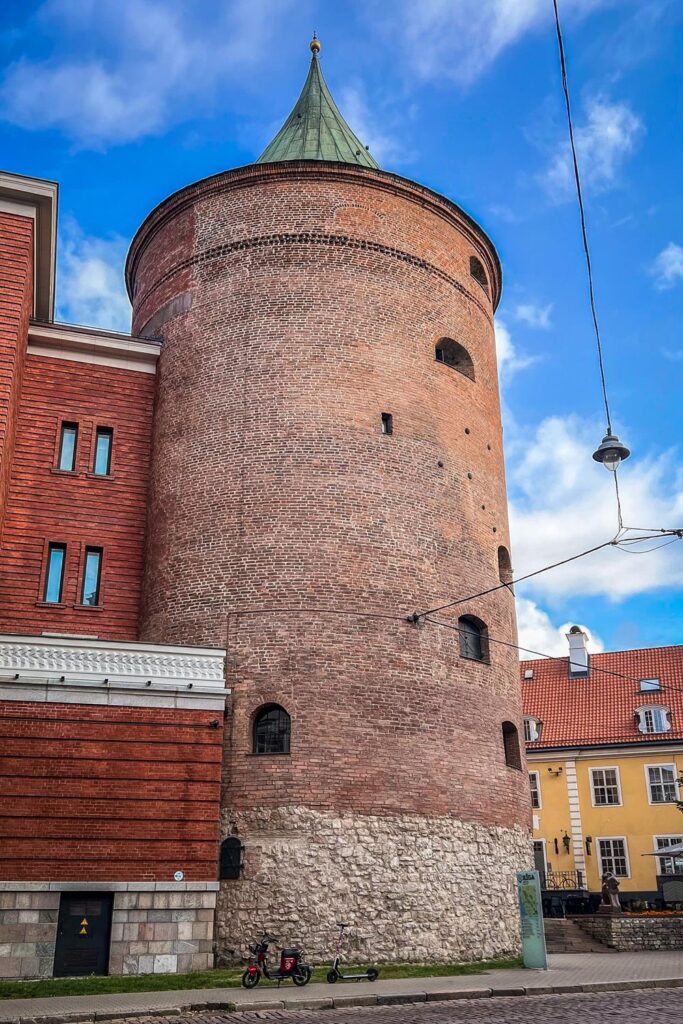
Freedom Monument
This monumental symbol of Latvia’s independence was erected in 1935 thanks to the generosity of citizens. The monument, consisting of thirteen groups of sculptures, tells the country’s history through symbols and allegories. It’s not just a work of art but also a place of national pride and remembrance of those who fought for Latvia’s freedom.
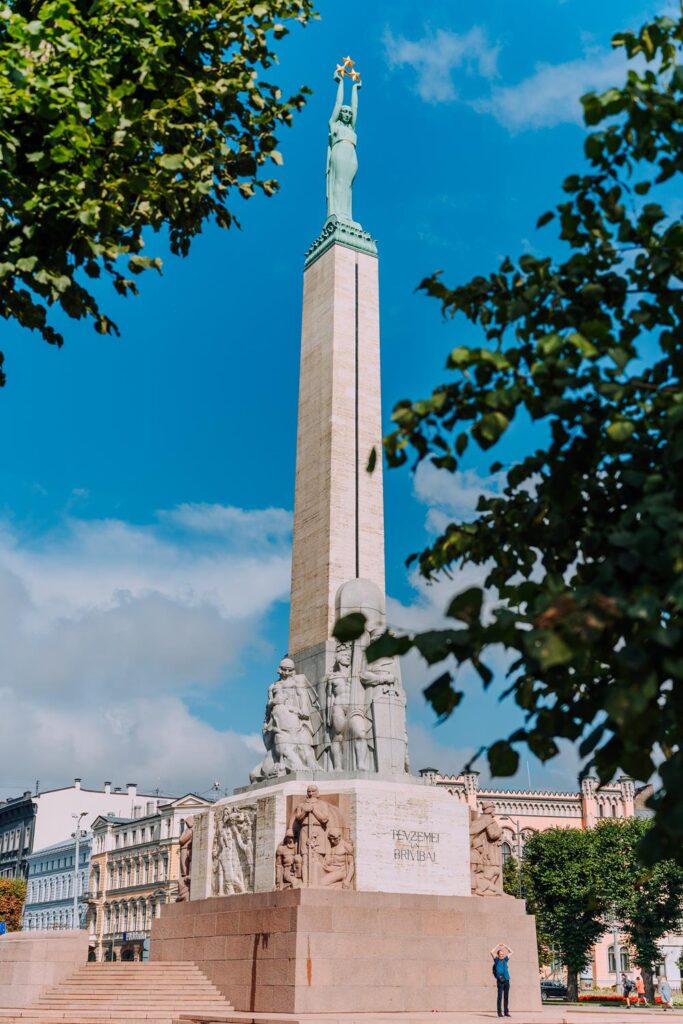
St. Peter’s Church
This Gothic architectural gem, dating back to the 13th century, is one of Riga’s most recognizable symbols. The church was known for having the tallest wooden tower in Europe, which repeatedly fell victim to fires and wars. Today, after careful reconstruction, the tower offers a breathtaking view of the Old Town and the Daugava River.
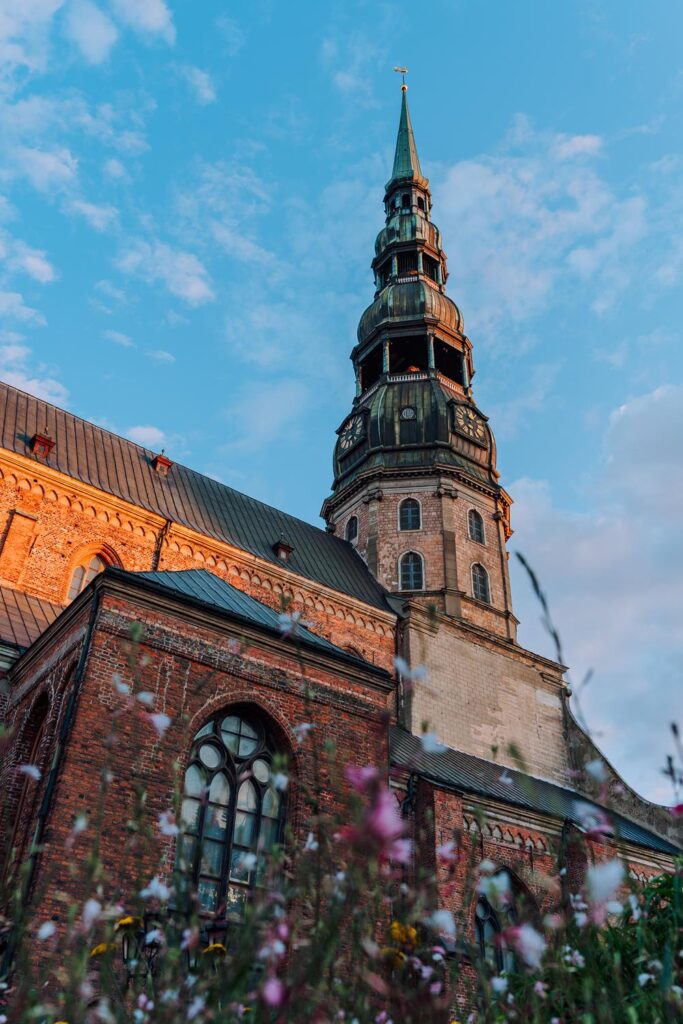
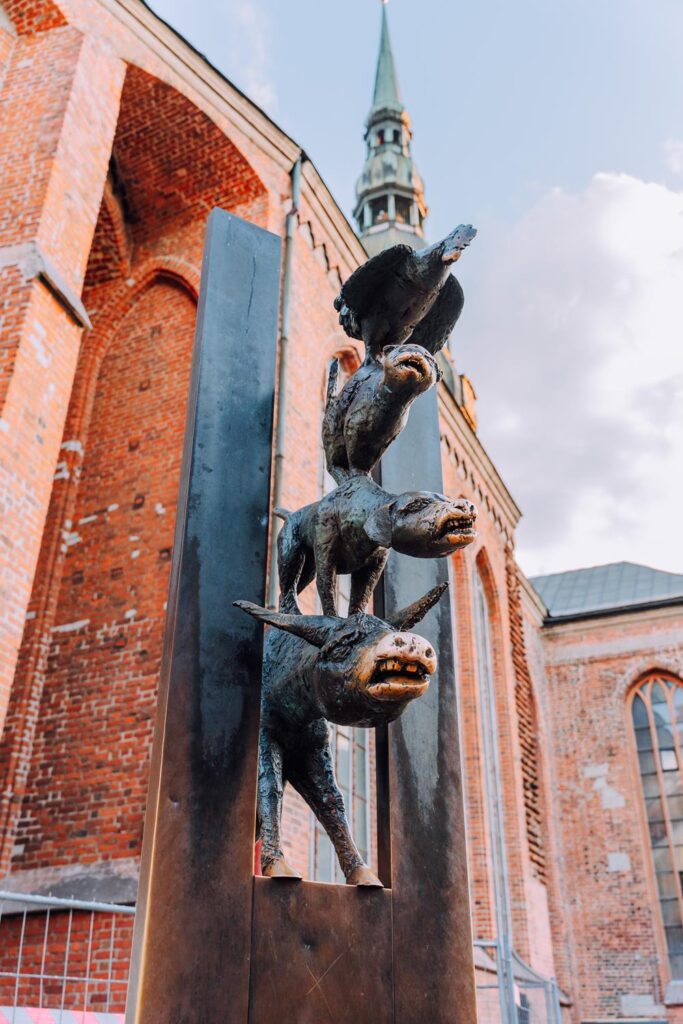
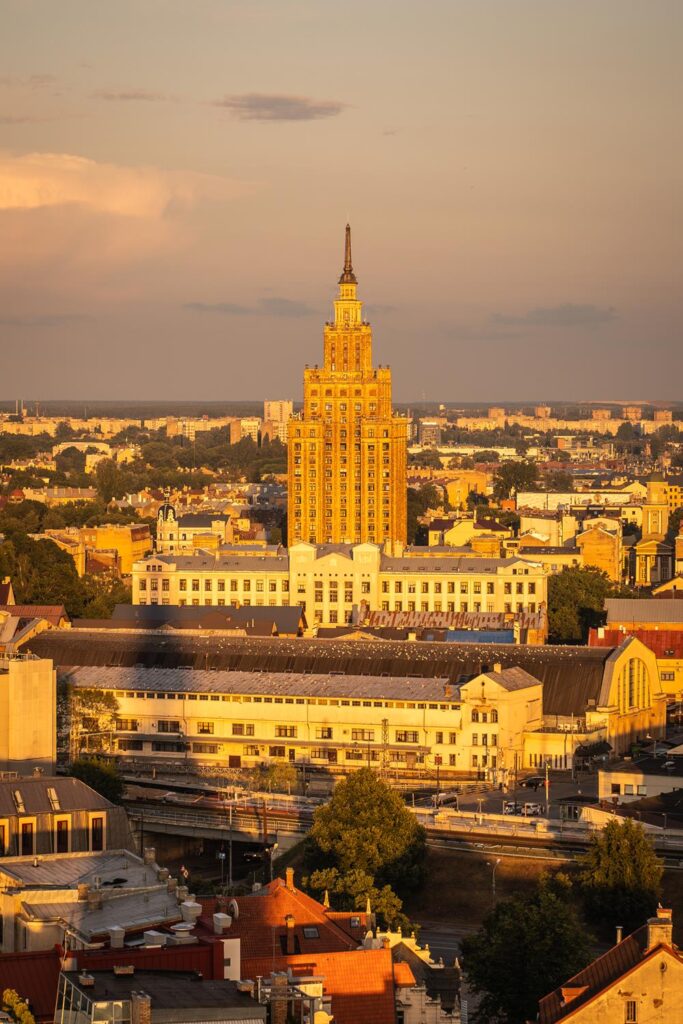
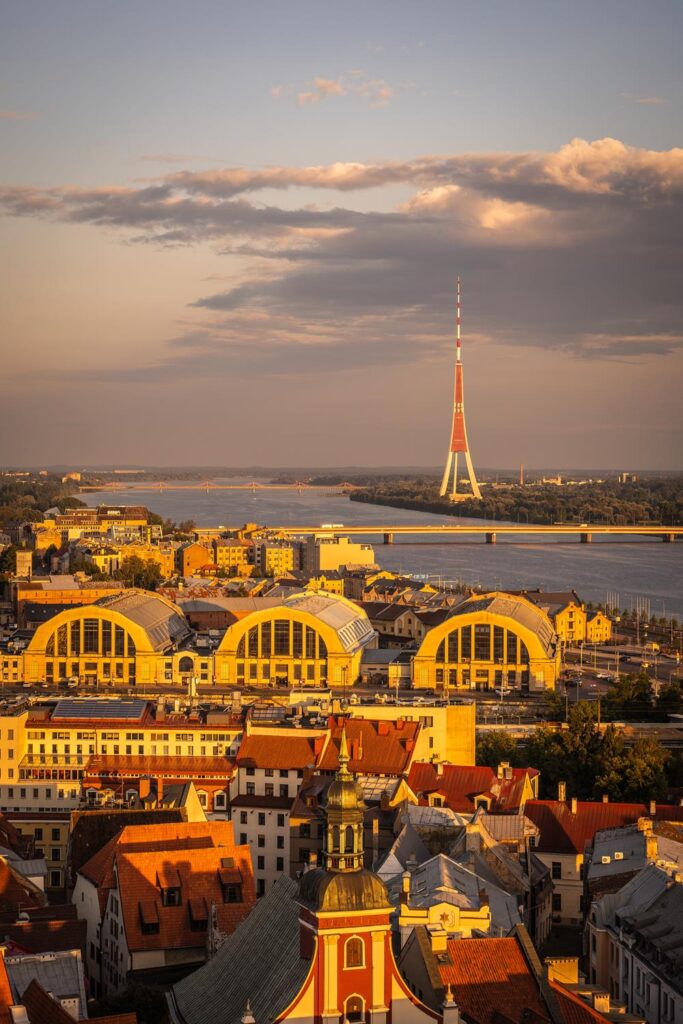
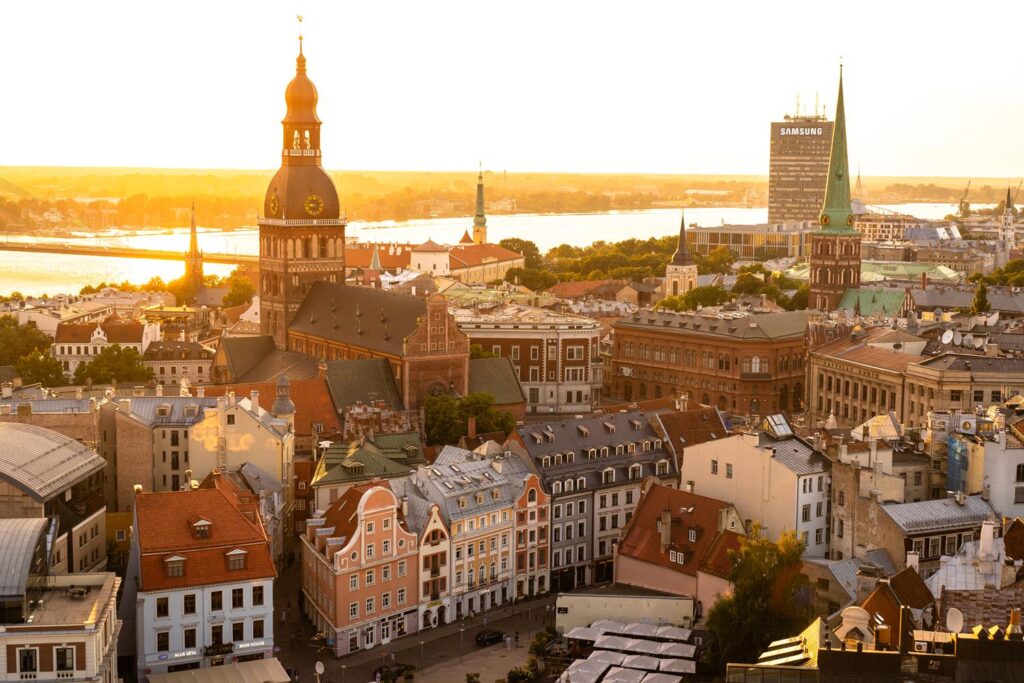
Bastejkalns Park
Bastejkalns, or Bastion Hill, is a picturesque park located in the center of Riga, right next to the Old Town. The park was established on the site of the city’s former defensive walls, and its landscape was designed in a romantic style with numerous paths, bridges, and artificial waterfalls.
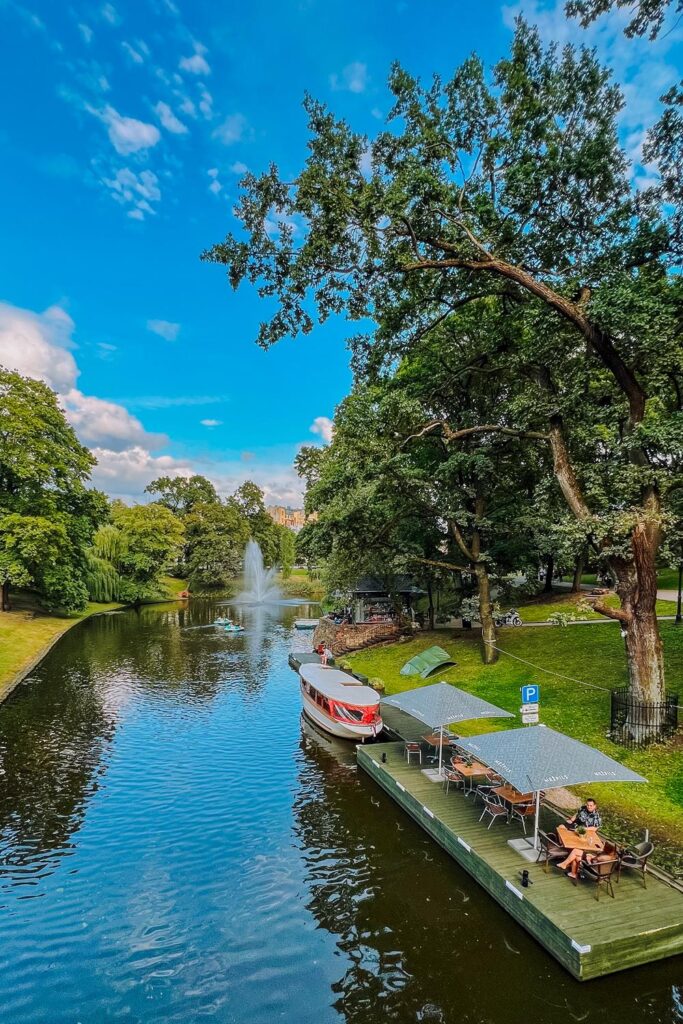
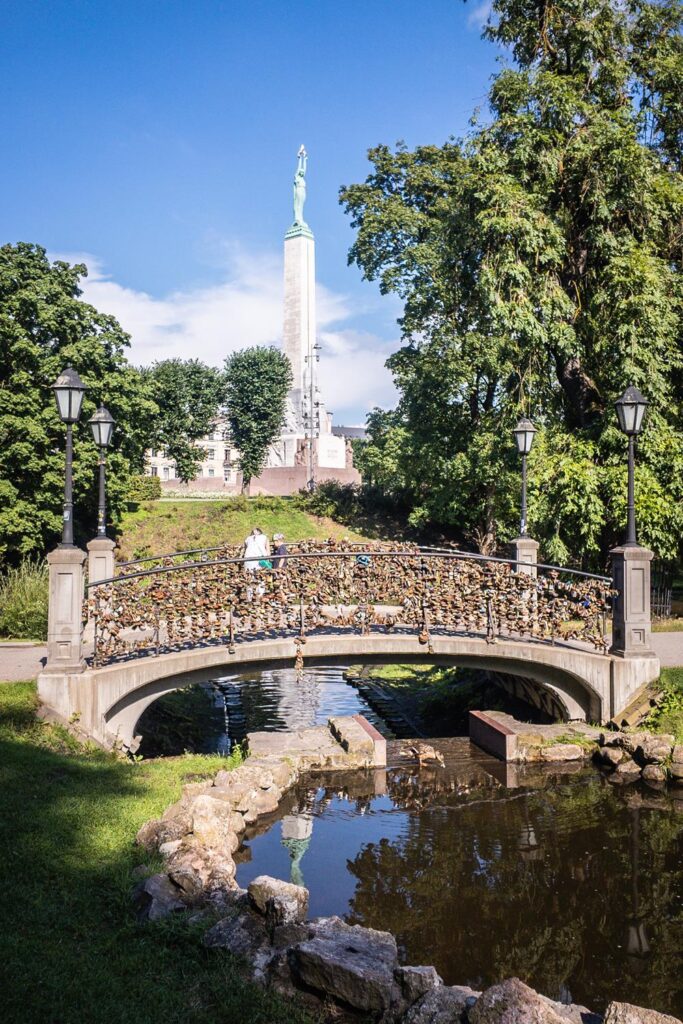
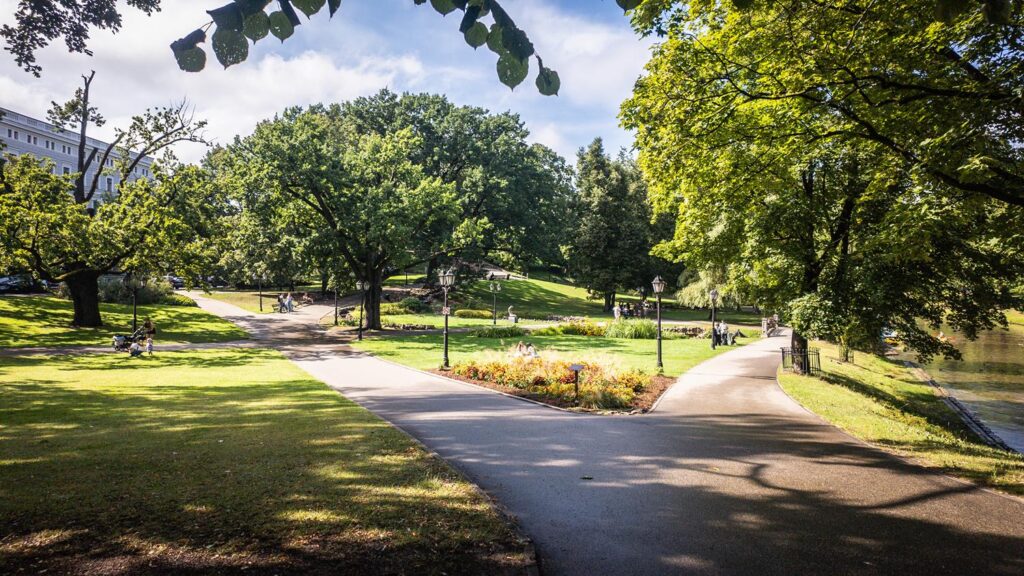
Food in Riga
Riga is great if you are looking for a city with good eateries. You can eat cheaply and deliciously, or indulge in a Michelin guide feast for your taste buds. Here are some recommendations:
Restaurants for dinner – from the Michelin guide :
- Vincents – a Riga classic. Book early! A delightful experience – dinner at its best!
- Barents – an exquisite menu and exceptional culinary art!
For dessert:
- MiiT – the best cakes I’ve ever had. I could live on their cakes alone!
- Gelato Italia – great ice cream.
- Mulberry – also great ice cream.
For breakfast:
- MiiT – very good breakfast.
- Gimlet Nordic Cocktail Bar – brunch (the bar itself is a must-see and worth visiting for its decor alone).
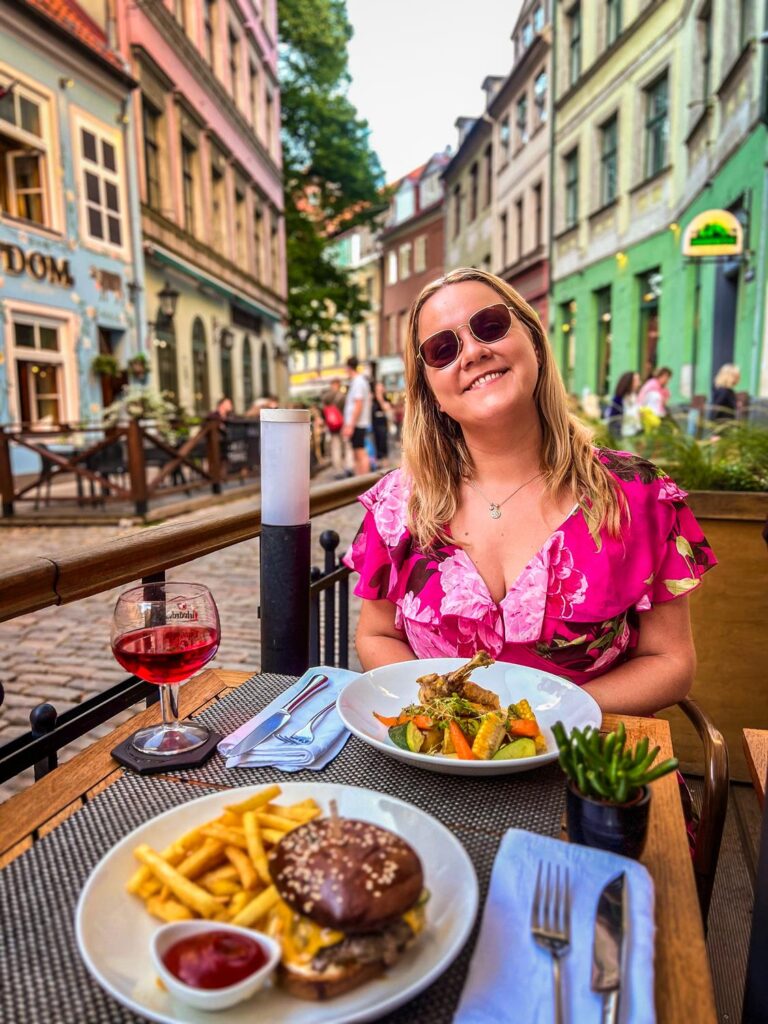
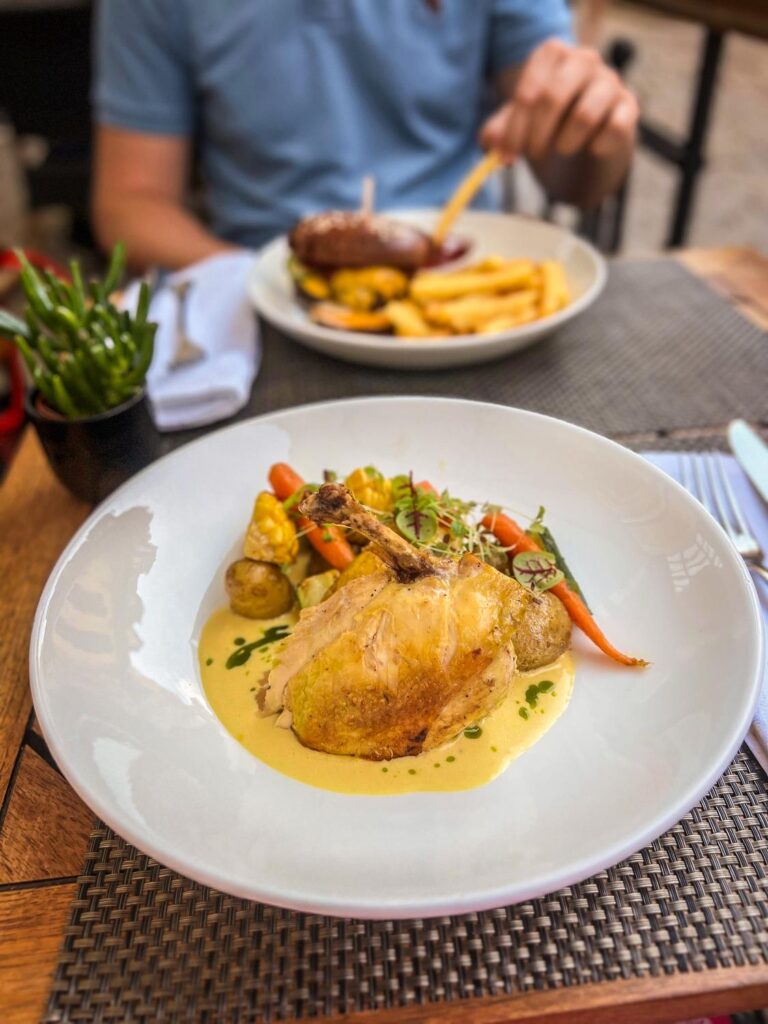
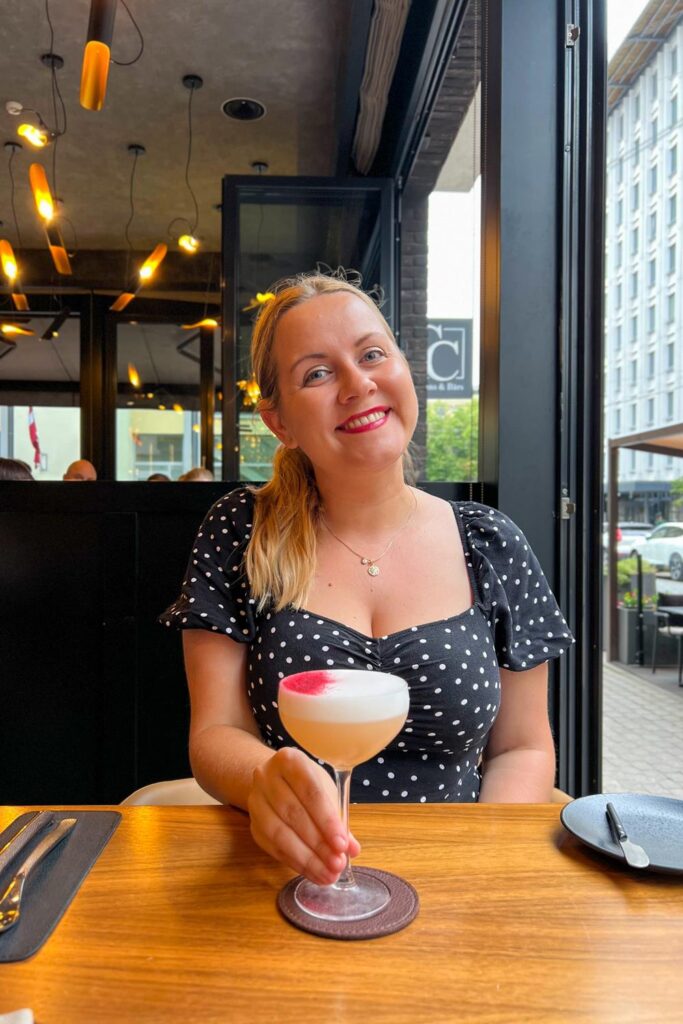
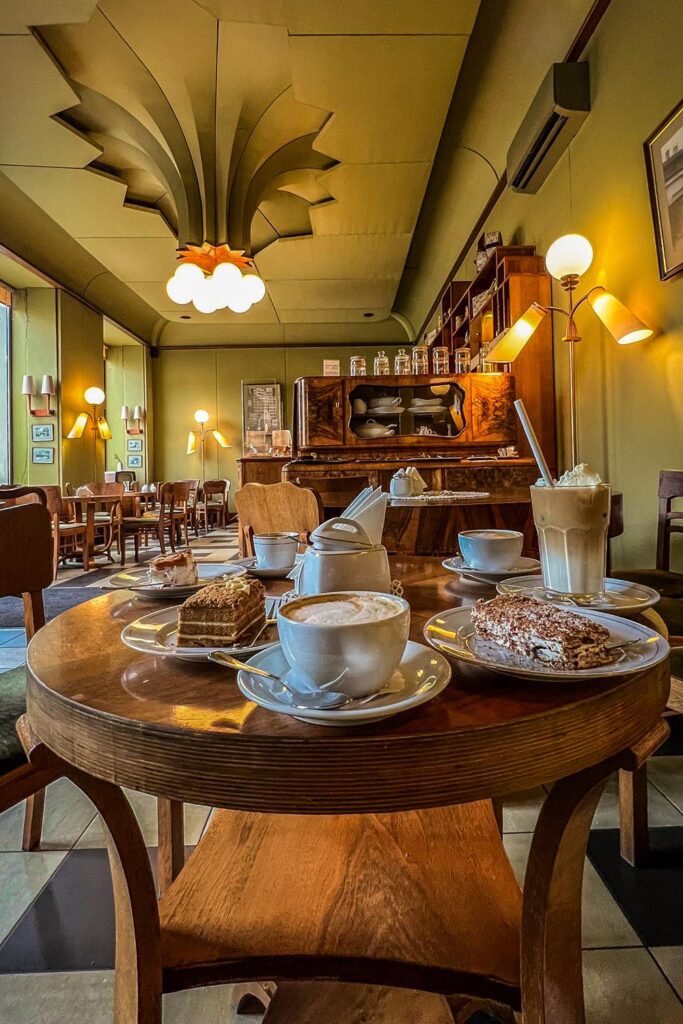
Where to Stay in Riga?
There are plenty of accommodation options. We stayed at the Radisson Old Town hotel – it has a great location, especially if you want to get up early for sightseeing and taking photos. Room 503 has a great view of the tower and the city, and it also has a whirlpool bathtub. You can find the hotel here.
Getting Around Riga
Public transportation is well-developed. You can easily buy a ticket in the mobile app or from the driver (more expensive). I used the Bolt app – it’s great for electric scooters, which are a fast and pleasant way to get around. A single trip around the city costs 1.5 euros.
I hope you will feel like exploring Riga after reading this guide and enjoy it as much as I did!